|
Also available on PlayStation 3 As was the case with Muv-Luv photonflowers*, Muv-Luv photonmelodies♮ is a collection of side stories in the two Muv-Luv universes. There are only three stories in photonmelodies♮ as opposed the 12 in photonflowers*, so I'll give a brief overview of each of them. While there's only a quarter of the stories in this pack, each one is beefier with one of them actually being the official fourth main story in the series. All told, I spent over twice as long on photonmelodies♮ as I did on photonflowers*. The first story in photonmelodies♮ is Muv-Luv Alternative Chronicles: Aspiration which follows Makabe Sejiyurou, a pilot cadet with the Japanese Imperial Royal Guard who is sent to England's Dover Base for a 10-day UN exchange program so that he can learn more about how the European Union forces fight and about their TSF design philosophy. I got EXTREMELY annoyed with Sejiyurou's melodramatic BS at first, but after a while, he started to loosen up a little bit, and I started to warm up to him a bit. He's placed with the 44th West German Army Tactical Armor Battalion "Cerberus," West Germany's most elite TSF squad comprised of some of the best pilots that the EU has to offer. They also all happen to be from German nobility. As such, Sejiyurou is not only hoping to learn more about being a surface pilot to serve the Empire on the front lines against the BETA but also about European knights' code of chivalry and how it compares to Japanese samurais' bushido. Between the cultural gulf between German and Japanese society, the truly wacky antics of some of the Cerberus pilots, and the stick firmly lodged deep inside Sejiyurou's colon, there is a plethora of entertaining and hilarious situations in which Sejiyurou finds himself despite being in England, the last shred of Europe not yet under BETA control. It got off to a bit of a rough start, but by the end of the story, I was actually sad to see Sejiyurou return to Japan. Hopefully we'll get more Muv-Luv centering around Cerberus and Sejiyurou in the future. The second story in photonmelodies♮ is Muv-Luv Alternative Chronicles: Resurrection. Here we see some familiar faces, specifically Yuuko and Isumi's Valkyries from Alternative. Resurrection follows Silvio Orlandi, an intelligence agent for the EU who's been cybernetically augmented following a disastrous mission failure which killed his best friend and very nearly killed him with his legs and left arm being eaten by the BETA before he's miraculously rescued. Yokohama base, home of the Alternative IV project, is the only base in the world no intelligence agency has managed to infiltrate thanks to Yuuko's brilliant intuition and her "spy shield" remnant of the failed Alternative III project. That is, until Yuuko invites the UN big wigs to Yokohama for a presentation on Alternative IV's progress. She requests the EU send Orlandi as her body guard to protect against terrorist threats, the two biggest being the Christian Allegiance, a terrorist group that believes the BETA to be God's punishment for humanity's sins, and the supporters of Alternative V who want to see Alternative IV sabotaged. This gives Orlandi his ticket inside to gather intelligence, but over the course of his mission, he finds that not everything is quite as he's been led to believe. As far as the characters go, I had already grown to love the characters who returned from Alternative, but Orlandi annoyed me in the same kind of way that Sejiyurou did albeit not quite as badly. Like Sejiyurou, though, he grew on me over the course of the story. The plot, though, is far better than in Aspiration in general. Aspiration started fairly low for me in terms of my interest before spiking whereas Resurrection stayed fairly in the middle with a slight increase towards the end. Neither of the Alternative Chronicles stories really blew me away, but I did thoroughly enjoy both and would love to see more with those characters. You actually do get a VERY brief cameo of Orlandi at the end of the Total Eclipse anime, and the very end of Resurrection teases the events of Total Eclipse. The last of the three stories in photonmelodies♮ is easily half of the length of the whole game, and it's definitely the main attraction here. Muv-Luv Altered Fable: A Shimmering Shard of Spacetime (which I'll simply call "Altered Fable" from here on) is the official sequel to Muv-Luv Alternative and picks up immediately where Alternative left off. Takeru wakes up once again in October but with no memories whatsoever of his struggles against the BETA or the unspeakable atrocities he witnessed and survived. It looks like everything has corrected itself and looped back to the beginning of Extra...except that Mitsurugi Meiya isn't the only new student to transfer into his senior class. As showing up is her twin sister, Mitsurigi Yuuhi, and the enigmatic girl genius from Russia who skipped multiple grades, Yashiro Kasumi. This is not completely as it seems, though; Kasumi bursts into tears upon seeing Sumika and Takeru. She remembers everything. She alone knows the horrific fate that befell them when the BETA invaded. Other characters from Alternative make appearances, too; Irinia Pyatkh shows up as an exchnage teacher from Poland as does Irma Thesleff from Finland, Albert Walken from the United States, and Paul Radhabinod from India. Later, the Valkyries show up - Isumi Michiru, Hayase Mitsuki, Suzumiya Haruka, Munakata Misae, and Kazama Touko. Four of the characters from Muv-Luv Alternative: Total Eclipse also get a super brief no-dialogue cameo in part of Altered Fable. In a lot of ways, Altered Fable is a retelling of the core story of Extra - heck, the original release in Japan was called Extra Final - but it's also more than that. It's like the "true" version of Extra more than a simple retelling or enhanced version. Some of the events are the same - the cookoff, the Christmas party, the hot springs trip - but they're dramatically different because of the extra characters, and that's not even touching on the totally new events like the tropical island trip and the entire ending of the game. There's also much less of an emphasis on picking your Best Girl this time around despite having Yuuhi and Kasumi as potential waifus (the latter of which makes me uncomfortable since she's explicitly stated to be a minor; no "they're 18!" anime logic here). Fortunately(?) the Steam version is a port of the PS3 release with anything questionable removed. No matter who ends up being your "chosen" waifu, it plays zero role in the ending which kind of cheapens the dating sim aspect of it. I didn't mind that at all, though; I was there for the bits of intrigue and mystery they kept dropping. Speaking of that, I won't spoil anything in case anyone reading this wants to play it, but the ending sucked. It was a serious Mass Effect 3 situation; I loved almost all of the game until the last half hour. The ending just...no. There were still mysteries unresolved, I wanted to pick a final Best Girl, and way they resolved the big mystery was just dumb and unfulfilling. Don't get me wrong, the first 98% of the game is so good that it's absolutely worth playing, but the ending is definitely a let down. Muv-Luv photonmelodies♮ is honestly what I wish photonflowers* had been; a few long stories rather than a lot of short ones. The stories in photonflowers* were great, but the length of the stories in photonmelodies♮ really lets you get to know the new characters and get a feel for that part of the universe. With the exception of the ending of Altered Fable, I thoroughly enjoyed my time with photonmelodies♮. I didn't enjoy it as much as I did Alternative, mind you, but it was still great to see what happened after the little teaser ending of Alternative and to see Kasumi's character get developed in a context that isn't constantly one breath away from a gruesome death. You also get to see three totally different places; Europe on the front lines of the war against BETA, a return to Japan on the front lines of the war against the BETA, and Japan in the peaceful BETA-free world. It's a fantastic little side story pack, and I can't recommend it highly enough even with Altered Fable's lackluster ending. My Rating - AAlso available on PlayStation 3 I love Muv-Luv. I legitimately think it's the greatest visual novel series of all time. The original (which is actually two-thirds of the trilogy in one) and Muv-Luv Alternative are absolute masterpieces. When I heard about the two sets of side stories that had gotten English releases, I knew I had to try them out, and I figured I'd start with photonflowers* since it's the one I heard of first. So a little backstory about the first game if you've not played it since photonflowers* is structured the same way. The first game includes Muv-Luv Extra and Muv-Luv Unlimited. Extra is your typical cutesy waifu-filled slice of life romantic comedy harem anime styled visual novel. You go through each day's antics, pick a Best Girl, and watch the cuteness and shenanigans ensue. Unlimited takes place after Extra; your main characters wakes up for school like usual but finds himself in a strange, blasted out wasteland. Turns out he's somehow awoken in an alternate world nearly 30 years into an alien invasion. Over half of the human race is dead, and the entire continents of Asia and Europe have fallen to the alien menace. There's still some cutesy pick your Best Girl shenanigans to be had here in the context of a UN military training facility, but it's all under the looming specter of extinction at the hands of the BETA (Beings of an Extra-Terrestrial origin and Adversaries of mankind; stupid acronym, I know). The reason I gave all that explanation is because, as I said, photonflowers* is structured the same way. There are 12 stories in the game; seven of them take place in the "real" world of high school slice of life shenanigans while five take place in the dark apocalyptic world of the alien invasion. Of the seven in the regular Muv-Luv world, six are prequels that take place before the events of Extra, and one is a sequel that takes places afterwards. The sequel story also assumes that you picked Sumika as your Best Girl (she's the canon choice although by no means the only possible choice if you make the correct decision to open an eBay tab to buy and then play that game). As for the stories that take place in the world of Unlimited/Alternative, they take place all over the timeline. One takes place a decade before Unlimited, one takes place a few years before, I think two take place around the same time give or take a year or so, and one takes place two years after. Basically, you'll understand absolutely nothing of what's going on unless you play Extra, Unlimited, and Alternative first. And if you don't play those three, you're wrong. Just in general. Most of the Extra stories are pretty feel good. The sequel story will put your heart through the wringer, but as with everything on the Extra side of things, it has a happy ending. The other six are mainly just exposition character building, giving you a deeper look at that character's perspective prior to the events of Extra. With the Unlimited/Alternative side of things, however, it's a lot more varied. Only two of those stories take place from perspectives you'd be familiar with as the others are all based on media that (as far as I'm aware) hasn't been translated to English. Still, though, the context of the world is more than enough to let those stories have their full impact. All five of those stories will put your heart through a blender. I'm a pretty empathic person, so well written stories and characters can affect me pretty well; all five of those stories had me ranging from misty eyed to tears trickling down my face. There's absolutely no drop in writing quality here from the main games. Being part of Muv-Luv, it didn't surprise me that these remain among the best written visual novels I've ever read (which says a lot considering that they had to be expertly translated as well as being expertly written). What I wasn't sure about would be how high the quality level would stay with the sound design and the voice acting of the new characters. Fortunately, however, both are just as top notch as the writing. With the voice acting, the same voice actors return from the main games. Granted, I have absolutely no idea what they're saying since I'm a filthy monolingual American, but the emotion their performances convey kind of transcends language. As for the sound design, it's distrubingly well done. I don't mean that as in "It disturbs me that they did such a good job." I mean "Since they did such a good job, I'm disturbed because you can every rip, snap, and squelch as the BETA eat a TSF pilot alive." Maybe it's because I have over 100 hours invested in this series and its world and character, but the sound design - both sound effects as well as background music - just made it feel more real than words set to a drawn background should. The immersion is unreal. If you're a fan of Muv-Luv, you'll love photonmelodies*. If you're not a fan of Muv-Luv, it's because you haven't played it; fix that. I'll wait. -montage of waiting for a week- Okay, now that you're a fan of Muv-Luv, you need to check out photonflowers*. When you finish Muv-Luv, you'll inevitably think, "Man, I wish there were more!" Well, photonflowers* is there to answer your plea. It's literally just more Muv-Luv. More of the characters you love, and more characters you'll soon love. More of the world in which you've become engrossed. It doesn't tread new water for the series - if you didn't shed a single tear during Alternative, you're a legitimate psychopath - but it doesn't need to. If it ain't broke, don't fix it, and Muv-Luv was perfect from the start. My Rating - AAlso available on Wii, PlayStation 3, PlayStation 4, Xbox 360, Xbox One, Android, iOS, and Windows I used to be a pretty big fan of Need for Speed: Underground back in the day, but I never played Need for Speed: Hot Pursuit when it came out in 2010. I always heard good things about it, and I remembered Underground hitting that nice middle ground between arcade racer and more realistic driving sim that I liked, but for whatever reason, I just never bothered with Hot Pursuit. When I saw that it was getting a remaster on Switch, I knew I had to check it out, so I threw it up on my Amazon wishlist. Fortunately, my mother loves me, because what arrived at my door on my birthday but a nice, new copy of Need for Speed: Hot Pursuit Remastered on Switch. I've always been a fan of driving games, but I've never been any good at the realistic ones like Project Cars, Forza, or Gran Turismo. I love kart racers like Mario Kart, and I like arcade style racers like Daytona USA, but they don't quite scratch the same itch that a realistic racer does. Need for Speed has always been that happy Goldilocks middle ground. Real cars and more realistic mechanics than Daytona USA but not as brutally realistic as Forza and Gran Turismo. The game is broken into two sections - six dozen or so racer missions and five dozen or so cop missions. In the racer missions, you play as a street racer either trying to beat a time trial, trying to beat your rivals, or trying to beat your rivals while also evading the police. In the cop missions, you either try to bust street racers or beat time trials. Pretty simple stuff, but it's enough variety to keep the game from getting stale. Being a weaker system than the PS4 or Xbox One, I wasn't sure how the game would look on Switch. I knew that it would obviously look better than the PS3 and 360 original, but I've come not to trust a lot of developers - especially scum of the Earth developers like EA - to put the effort into a Switch port to make it look as good as it could. It was a pleasant surprise, then, when I discovered that it actually looks quite impressive. The pre-rendered bits before the races still looks pretty rough since I don't think they got any real remastering, but the gameplay itself looks fantastic. It runs really well, too. There are a few minor frame rate drops here and there, but for the most part, the game runs without issue. Something I consider to be the hallmark of a good game is customization, and in racing games, that means choosing the color of your car. Fortunately, Hot Pursuit provides a ton of options in that regard; naturally, all of my cars were yellow. Probably my favorite feature, though, is the speedwall. If you have folks on your friends list who also play Hot Pursuit, it will show you their clear times for each mission so you can see how you stack up to them. My buddy, Avery (whose username is redacted to maintain his privacy), is the only friend I have who also plays on Switch, but lemme tell you, he is GOOD. It was always a huge accomplishment when I managed to beat his time on a level. I didn't usually bother replaying a level more than once or twice to beat his time, but it was really cool to see how I stacked up against him. There's also an online multiplayer component, but since I'm terrible at racing games on a good day, I decided that I didn't want to feel even worse about myself than usual, so I didn't try that out. Need for Speed: Hot Pursuit may not have the arcade feel of Daytona USA, the silly fun of Mario Kart, or the hyper realistic sim elements of Forza, but it's definitely a racer well worth playing. It sort of sits right in the middle of those, to be frank. It's more realistic than Daytona, has some weapons like a kart racer but not as goofy, and features real world cars and realistic tracks like a driving sim. No matter what kind of racing game you're into, you'll probably find something in Hot Pursuit that piques your interest. It still shows its roots as a 7th gen game here and there, but the remaster treatment EA gave is top notch, and when you're actually playing the game, it looks right at home on 8th gen hardware. It may not be a new game, per se, but if you didn't play it on PS3 or 360, it's definitely worth picking up now. My Rating - AAlso available on Switch and Windows This is the game I've dreamt of since I first played Epic Dumpster Bear on my Wii U years ago. I spent sleepless night wondering what became of Dumpster Bear after he destroyed the evil corporation's space station and put a halt to their nefarious plans. Finally, at long last, I have an answer...but will this answer my questions, or will it just raise more? -cue ominous music- Let me be up front right here at the beginning; I know Epic Dumpster Bear is not a masterpiece of platforming perfection. It's an indie game made in Unity. It does, however, have something that a lot of bigger budget 2D platformers lack - soul. This game just oozes personality and style. It's message is a serious one - a warning about the dangers that unchecked and unrestrained capitalism poses to the environment and wildlife - but that message is delivered in a way that's both humorous and interesting. Not necessarily interesting in a compelling narrative with deep characters and philosophical undertones but rather interesting in that the writing is so clever that you can't help but be curious what the next bit of text dialogue is. Visually, it's identical to the first game. Even the icon is the same except for the addition of fire behind the dumpster and the number 2 with the subtitle. The obviously low budget aesthetic is part of its charm, though, and I don't mean that ironically. It really does just ooze charm. You can tell that this was a dude's passion project, and that's one of the most endearing things about the game for me. The sound design is pretty much like the visuals - virtually identical to the first game. The enemies and level traps add a bit to the first game, but you'll still see fire jets and barrel gators return. God, I missed the barrel gators. So stupid but so awesome. You do get two cool new mechanics; a forward attack and some special hats. In the first game, you could only attack by landing on enemies a la Super Mario Bros. In this game, you get an attack kind of like Mario's Tanooki suit tail. Depending on the level, you may also get one of two hats. One hat lets you throw curling stone bombs that slide across the ground until they explode, and the other hat lets you throw more traditional looking bombs that explode on impact. You have be on a level that gives you these hats, but they add a super cool element both to enemy destruction as well as obstacle destruction. The controls are mostly pretty good. Dumpster Bear's movement feels super slick almost as if he's sliding on ice whenever he moves, but it didn't take me long to get used to that. Jumping feels good, and aside from a few instance of spotty hit detection, the attacking feels solid and responsive. If this were a $10 or $15 game, I'd be complaining more about the controls, but between the game's charm and its low price point, it's really a solid package here. The controls aren't bad by any means; there's just a little bit of a learning curve to get used to the rather slick movement. Epic Dumpster Bear 2 may not be a Sonic Mania or a New Super Mario Bros, but for its price, it's a solid game, and it's probably my favorite indie platformer simply for how charismatic the game is. It's normally $5 - a completely reasonable price in my opinion - but for PlayStation Plus subscribers, you can get it and the first game for just under $5. I'm not sure if that's a regular PS+ deal or a limited time sale, but that's what I paid, and it's MORE than worth that price of admission. If you're good at platformers, it'll probably only take you a couple hours to get through the game. If you're not so good at platformers (like me), it may take a few more hours, but even then, I played through the game start to finish in an afternoon. Whether you're playing on Switch, PS4 or Windows, I absolutely recommend both the first Epic Dumpster Bear (psssst...play it on Wii U) and Epic Dumpster Bear 2. My Rating - AThis is a game I honestly never thought I'd play. It's not that I never wanted to; I never thought I'd be able to. Apparently there isn't a whole lot of demand for old Java mobile phone games' being made playable on modern Androids and iPhones. Fortunately, after some Googling and Reddit scouring, I managed to find an Android-based Java emulator that mostly works along with a file of the game. It wasn't perfect - the controls weren't always the most responsive, and the right part of the screen got cut off - but it worked well enough for me to play through the game and experience it. I went into this game with very low expectations. I usually scoff at mobile phone games in 2021 despite the fact that many are objectively excellent, so I was positive that I'd be disappointed if not downright disgusted with a mobile phone God of War game from 2007. I have to admit, though, I was wrong. It's obviously no masterpiece, but considering the limitations of the time and the platform, it's an extremely competent and impressive game, and it does a much better job of capturing the tone and gameplay feel of God of War than I had ever hoped. Visually, I'd say it looks somewhere between an impressive Game Boy Color game and a so-so Game Boy Advance game, but what really impressed me was how the game felt to play. Despite being played on a solidly okay emulator with a touch screen, the game controlled really well. It didn't always register my button presses as well as I'd have wished, but even with that, it was remarkable how enjoyable I found the experience to be. The sound in the game, while obviously limited, was pretty good too. It won't be winning any awards for audio design, but it's not nearly the auditory train wreck I'd been expecting. The game takes place between the events of God of War: Ghost of Sparta and God of War II. Kratos is waging a war for the sake of war, fighting this weird eye monster, Argos, whom Hera sent to stop Kratos. Then this assassin dude shows up and tries to kill Kratos. It doesn't work, and Kratos goes on this revenge-fueled rampage through Greece. It's simple, but it gets the job done. The game is pretty short - as one would expect from a mid-2000s mobile game - with ten levels each taking between ten and fifteen minutes to finish. It may be lacking in quantity, but the quality is there all things considered. God of War: Betrayal is by no means a must-play even for hardcore fans of the series, but it is definitely a neat novelty, and if you do decide to go through the effort to getting it running on your phone or tablet, it's a fun little romp. I doubt anyone other than fans of God of War or obscure old game connoisseurs would get much enjoyment out of this, but it's definitely a cool game to experience if you feel so inclined. I definitely don't regret going through the effort of figuring out how to play it. My Rating - CAlso available on Windows This is the thing I hate about reboots - the naming schemes. I love franchise reboots for breathing new life into a series or changing direction after it starts to get stale, but for Christ's sake, don't repeat names. There's already a game called Doom. There's already a game called Star Wars: Battlefront. And there's already a game called God of War. When Sony announced this new God of War that would focus on Norse mythology rather than Greek, I thought it was cool to see them branch into a new type of mythology even though I'd yet to play any of the games, but that damn name...However, asinine naming scheme aside, I was hesitant about the game's new direction; it plays VERY differently than the previous six games (seven if you include Betrayal, but all of like eight people played that, so whatever). I have to admit, though, that I was very quickly won over. I see why even my Xbox fanboy friends were singing this game's praises. This 2018 game takes place an undetermined amount of time after the events of God of War III. Kratos, having slain the bulk of the Greek pantheon and seeing the devastation his vengeance brought, travels far to the cold north of Scandinavia and seeks to live as a man. There he meets a woman named Faye whom he marries and with whom he has a son named Atreus (although Kratos will have you thinking that his son's name is simply "Boy"). Though Faye knows that he is, in fact, a god, he keeps this from Atreus, not wanting to burden the boy with the "curse" of being a god. The game starts as Kratos and Atreus are laying Faye to rest. The game never reveals how she died, but her last wish to have her ashes scattered from the highest peak in all the realms. After burning her body, Kratos and Atreus head out on this journey. Cue father/son bonding trip. The first six games were fixed camera hack and slash gore-fests with twin blades chained to your arms. This one, on the other hand, is a pseudo-open world adventure game with a big axe that you can throw and call back to you. There's still plenty of action to be had, but if you swapped out Kratos, I wouldn't have guessed it's a God of War game at first. Once the story starts to pick up and the lore with the Norse gods comes into play, it starts to feel more like God of War with its general antitheist tone, but it's a VERY different experience. Honestly, I think I liked God of War III more, but this one is definitely a close #2. One of the biggest differences with the experience here aside from the obvious genre shift is the massive amount of side quests to do. You've got full blown side quests to do, you've got treasure maps to hunt down, you've got optional areas to explore, you've got collectibles to find, you've got optional bosses to slay; it's a massive game on top of an already pretty big game at least compared to its predecessors. The first six games in the series averaged around 8 hours each, I'd guess whereas this one would probably take between 15 and 20 just for the main story. It can be a bit overwhelming at first if you've butt chugged the entire series beforehand like I did, but it's definitely welcome as you'll not be left thirsting for more. Visually, the game looks amazing. It's definitely one of the best looking games on the PS4 and really showcases the system's capabilities. You get two performance modes, a resolution mode that will run the game in 4K and target 30 fps and a performance mode that will run the game at 1080p and target 60 fps. I played on PS5, and while there's no visual boost from PS5, it does improve the performance mode's frame rate from around 45 fps to a solid 60 fps, so that's how I played. I tried resolution mode, but it suffers from the same atrocious and weird choppiness that Spider-Man's fidelity mode did. Even at 1080p rather than 4K, though, the game looks amazing on my 65" 4K TV. The sound design was one area where I was really unsure specifically with the voice acting. They changed the voice actor for Kratos for this game, and I tend to get pretty attached to a specific voice for a character. Fortunately, however, the voice actor they chose was Christopher Judge; once I heard the strong and confident voice of Teal'c (I was a big Stargate SG-1 fan back in the day), I knew I wouldn't mind. Sure enough, while the voice was noticeably different, it fits very well for a Kratos who is much older, wiser, and haunted by his past. Atreus's voice acting was top notch, too, which was another concern of mine; getting solid voice acting for children characters isn't always easy. Fortunately, it's been confirmed that Sunny Suljic will be reprising his role as Atreus in the untitled God of War game supposedly releasing later this year. The only real problem I had with the sound design is that the soundtrack choices didn't always feel quite fitting. The whole soundtrack was good, but some of the songs felt a bit out of place for an ancient Norse world. I'm sure there are many who would disagree with me, but there were a few instances when I found myself thinking, "Huh...That's an interesting song choice." Honestly, this is everything I wanted God of War to be from the beginning of the series. A deep story with top tier voice acting and brilliant cinematic design and direction, a beautiful world to explore, and rich characters to discover. I may have had a bit more fun with God of War III's balance of world building and gratuitous gore, but it can't be denied that the storytelling and world building in this entry surpasses the rest of the series combined. It's beautiful, it's compelling, and I finally understand why the reveal of the sequel last fall made such a splash online. I wasn't quite as smitten with the game as some of my friends, but it's definitely on the short list of "Absolute Must Play PS4 Games" for me. I can't wait to see where the series goes from here and how Atreus explores his newfound godhood in the upcoming game. My Rating - AI'm gonna be upfront here; God of War: Ascension is the point where the series gets stale. After playing this, I understand why they changed the formula so much for God of War 2018. That's not to say that Ascension is bad by any means because it's not. It just feels very rote. I don't know what the actual budgets for each game were, but Ascension feels like a much lower budget game than 3 or even 2 when you take into account the different generations. It's not bad, but it does feel like they're following a blueprint rather than making art. God of War III was Sunkist, and Ascension is Omazing Orange. God of War III was the Wii, and Ascension is Kinect. God of War III is Sonic the Hedgehog, and Ascension is Awesome Possum. Okay, that last one might have been a bit harsh, but you get my point. Despite being the second most recently released game, this feels like it should be the third game in the series, not the sixth. The combat is super repetitive in every game, but it *feels* more repetitive here than it has since the first game. Part of the issue, I think, is the weapons. Normally, you get at least a couple of different sub-weapons you can switch two, but here, they're "magic" enhancements. So you can fiery chain blades, or ice chain blades, or electric chain blades, but everything you unlock is a chain blade. You can pick up dropped weapons from enemies like a sword, or a shield, or a sledgehammer, etc., but those are items you pick up, and you can only hold one at a time. They can't be upgraded, they don't get special combos or magic attacks, they're temporary, and their use is frankly kind of limited. The puzzles were fine. The level design was fine. The story was fine. But that's the problem; it was all fine. Nothing stood out as a major improvement. It was the first game in the storyline chronologically, so there weren't any huge plot twists or character revelations. The interactions between Kratos and Orkos were nice, and I legitimately enjoyed Orkos as a character - his role in the end scene was actually one of the best scenes in the Greek saga - but other than that, everything about it was painfully average. Ascension just didn't really stand out. Pretty much everyone told me going into this game not to expect anything amazing and I see why. The relics you find and their abilities were kind of cool, but as far as gameplay goes, that's about all that stood out, and even there, only two of the three were all that cool. One let you manipulate time to repair or decay parts of the environment, and one let you create a shadow clone. Those two played a huge role in puzzles, and that was a fun added element. The third one just dispelled magic barriers, and it honestly wasn't used a whole lot. God of War: Ascension is fine. It really is. It's just not great. It's like Chibi-Robo: Zip Lash or Kirby: Planet Robobot; it's painfully okay. It's extraordinarily ordinary. It's stands out only in how little it stands out. It tells you how Kratos began his journey to defeat Ares, but other than that, it doesn't really add anything meaningful to the lore or the story. I can see why a few of my friends forgot this one existed when I mentioned playing the series; it really doesn't do anything memorable. You'll play it, you'll be entertained enough to justify the ten hours you'll probably spend on it, and then you'll put it on a shelf to collect dust and never give it a second thought. That's a shame, too, because even the two PS2 games in the series failed to really impress me in a major way, they were at least memorable. This one just fails to make a meaningful impact in any way. My Rating - CAlso available on PlayStation 3 God of War III is the peak of the series so far. Obviously playing the PS4 remaster makes the game prettier and smoother than its original PS3 iteration. Even with that, though, this game is pretty. More than that, though, it's smooth as silk. I don't know if it's the fact that it's on PS4 or just the progression of the series's mechanics, but everything about this game just felt better and more polished than any entry before it. God of War III takes place right after God of War II. Kratos's war with the Olympian gods is in full swing with the Titans fighting alongside him as an ally. Then, out of nowhere, it turns out that the Titans were just using him to get their shot at a rematch with the Olympians. What, Greek gods were using Kratos as a pawn for their own purposes? Who could have EVER seen that coming? So Kratos basically says, "Screw it, every god dies." And he then proceeds to kill almost every god in the Greek pantheon. I gotta say, though, the story feels way more central to the experience this time. Part of that is definitely the better character animations although some of the faces definitely fall into the uncanny valley, but there seemed to be more emphasis on intercharacter dialogue and exposition than in previous games, and that's something I absolutely appreciated. The game's visuals are fantastic. Like the HD remasters of the original games, you can tell from some of the character models that the base game wasn't designed for PS4, but the remaster work done here is impressive especially with lighting effects, frame rate, and overall clarity. Frame rate is SUPER important to me, and that's the main reason I played on PS4 rather than PS3, but I have to admit that I was impressed by just how much improvement there was to the game's visuals considering that this remaster was done relatively early in the PS4's life. It's definitely not going to be mistaken for a remake, but it's a nice polish, for sure. The sound design is also the best of the series so far. The soundtrack, while a little out of place feeling at times with the specific music choices, was really good, and the audio balance between background music, sound effects, and dialogue was finally adjustable. The level design took it to the next level, too, but what especially stuck out to me about that was the puzzle design. There were a couple of puzzles that frustrated me as I'm exceptionally oblivious with puzzles, but a few of those puzzles were ridiculously fun to work out and solve, far more so than any puzzle in any of the previous games. This game came the closest to giving me (admittedly only very slight) Zelda vibes with its puzzle designs. The side weapon selection was my only major source of disappointment; three of your four weapon choices control extremely similarly, so it ends up feeling like you've only got two real choices. That's a relatively minor gripe, though, all things considered. God of War III definitely took the series to a new peak, and while I played on PS4, even on PS3, this is a game well worth playing. I was a little more reserved in my praise for the previous games, and while Ghost of Sparta certainly impressed me, God of War III was an outright treat to play. It's certainly not a masterpiece, and there was room for improvement in many aspects of the game, but it's a rock solid game nonetheless and a key piece of any PS3 collection. My Rating - AAlso available on PlayStation Portable Just as the second PS2 game did after the first, this second PSP God of War game took what made the first one on PSP good and improved that. God of War: Ghost of Sparta takes place between God of War and God of War II, after Kratos has killed Ares but before he took on Zeus. As with Chains of Olympus, it shows its roots as a PSP game in a few ways, but the PS3 HD remaster makes it look and feel like any other console release. The core of the story is that Kratos is looking for his brother Deimos, whom Ares had kidnapped when they were children and whom he'd been led to believe was dead all these years. His journey takes him to the city of Atlantis and then into the depths of the realm of the dead ruled by Thanatos, a place neither god nor mortal dare to venture. In terms of mood building and setting up a solid sense of gravitas, Ghost of Sparta honestly does a better job than Chains of Olympus or either of the PS2 games in my opinion. Ghost of Sparta is still shorter than its console brethren, but it's a couple hours longer than Chains of Olympus. Not only is the length an improvement over Chains of Olympus, but I found that the time I spent with the game was just overall more enjoyable. The storytelling felt smoother and more cohesive this time, and the level design was superb. We've seen Hades's underworld realm before, but Thanatos's realm of the dead unique. Darker. More hopeless. More cruel. With the mythological distinction between the god of the underworld and the god of death easy to conflate, it was great to see their realms look and feel distinct and truly separate. It was also great to get a glimpse at how things changed since Ares was slain and Kratos became the new god of war in the couple of levels that took place in Sparta. If you'd waited until after I finished Ghost of Sparta to tell me this was originally a PSP game, I might not have believed you. The remaster on PS3 really does look phenomenal. Part of that is because the game looks really good for the platform on the PSP, so they had good base material to work with, but even with that, Kratos's character model and even most of the enemy models truly do look good. The only place you can really notice the low resolution roots of the game is with a few stretched out textures on floors, walls, and huge enemies like bosses, but even then, it's only a handful of instances where the textures look a bit off. One of my big complaints with the HD remaster of the first game was that the cutscenes looked like garbage. Either they put in the work to spruce up the cutscenes or they were just higher quality to start with, but they don't look bad at all in Ghost of Sparta. They certainly don't look as good as a cutscene in a game made specifically for the PS3, but they're certainly not the muddied mess that we got with the first game's HD remaster. When I praised God of War: Chains of Olympus, a lot of that was because I was truly impressed at how true to the console originals the first handheld God of War game was. Ghost of Sparta definitely has that, but it's just a genuinely great game on its own. I honestly think it's the best of the four games I've played so far (the two PS2 titles and the two PSP titles). The environments, the mood of the game, the way the story is told, the interactions between Kratos and the gods; everything felt like the previous games but more refined and more polished. I enjoyed the other three, but Ghost of Sparta is definitely my favorite thus far. My Rating - AAlso available on PlayStation Portable When I started this game, I expected a dramatically scaled down God of War experience. No matter how much remastering and upscaling they may have done, it's still a PSP game at the end of the day. What I did not expect was a full fledged even if relatively short God of War experience with all of the quality and gameplay features of the PS2 titles. The first thing that struck me was just how good the game looked. Obviously being remastered in high definition will look better than the original in low definition. 270p to 1080p is a pretty huge jump. But with a jump that big, I figured it would look worse than the remasters of the PS2 games did considering that was just 480p to 1080p. For sure, some of the wall and ground textures looked a little bit rougher, but the character models and the environments as a whole looked just as good as the remastered PS2 games did. I gotta hand it to them, Read at Dawn did a superb job on these games. Even on the original PSP version, the game looks just fantastic considering the low resolution screen. It's more than just the visuals though. Truthfully this felt like a true sequel for the series rather than just a handheld side story. It was great to see some of Kratos's story before he killed Ares and became the new god of war. Speaking of story elements and their delivery, this entry (FINALLY) added an option for subtitles during the cut scenes, eliminating my complaints about the wonky sound balancing. The game may have been shorter, but I felt like the storytelling was a bit more focused than the first game and about on part with the second game. The controls also didn't suffer in the slightest although part of that is likely utilizing the DualShock 3 for the PS3 HD conversion. Maybe it's just that I finally got in the swing of the series, but I found myself having more fun with Chains of Olympus than I did with the first two games. God of War: Chains of Olympus is, in every way, just God of War to go. I mean, I played the not-to-go version, but you get my point. It may look nice on PS3, but the core experience that the original PSP release delivered is in no way inferior to the PS2 originals outside of visual resolution. The combat feels identical, the storytelling is just as acceptable but somewhat lacking, and the atmosphere and environments are as foreboding as ever. Rarely have I seen a series transition from console to handheld this flawlessly. If this were conceived as a third PS2 game, I'd say it was okay, a competent follow-up, but a bit too samey a third entry, but considering that it was conceived as a handheld game, you really have to give it some props here. My Rating - CAlso available on PlayStation 2 and PlayStation Vita After my fairly lukewarm reception to the first God of War game, I was unsure how I'd feel about this one considering that it was from the same console generation and therefore likely to be very similar although I remained hopefully that it would improve on some of my complaints from the first game. While it's true that it is indeed extremely similar to the first game, there are some key changes that make this not only a very competent sequel but a much more enjoyable experience overall compared to the first game. Some of my complaints about God of War still carried over into God of War II. Chief among those is the fixed camera. The platforming sections in this game didn't suffer from it quite as much as they did in the previous game in my opinion, but it was still a definite annoyance for me. There's one boss fight in particular in the Temple of the Fates that was made needlessly frustrating due to the lack of camera controls because of how hard it was to see if I'm close enough to and angled sufficiently towards the boss to grab her during the Circle prompt. Another element that gave me a ton of frustration during the final boss and one I think was present in the first game but didn't annoy me enough to stand out in my mind is the quick time event prompt locations. If it's a single button press QTE, the prompt is big in the middle of the screen; if it's a QTE where you have to hammer a button repeatedly, it's much smaller and in the bottom left of the screen. The final boss combines these in a single QTE chain which I found to be needlessly infuriating. With all that said, though, I enjoyed God of War II much more than the first game. The storytelling still wasn't great, but it felt a lot more intentional and satisfying than the first game. That's pretty much how this game went; it had the same flaws as the first game, but they're better. It still used annoying timer-based puzzles, but they weren't as annoying, and the inclusion of a time-slowing mechanic gave them an added layer of depth that I appreciated. The level designs definitely had the most time and attention put into them here as they are far superior to what the first game offered. The game was a big more robust in terms of length, too. It still wasn't too long, clearly, since I managed to beat it start to finish in a day, but it definitely had a bit more meat to it than the first game even if only a little. Like the first God of War, I played the PS3 HD remaster of this, and it was about the same as the first in terms of that HD treatment. The game itself looked fantastic although it was a little more noticeable here that some of the boss and world textures had less energy put into them than others. The cut scenes still look jarringly bad compared to the gameplay, but it didn't seem to be as stark a difference here as it was the first game. I'd say that the cut scenes here looked like a train wreck rather than a mid-air jetliner collision. Unfortunately, the sound design suffers from the same balance problems as the first game. Numerous cut scenes had music and background sounds at the same volume if not seemingly a bit louder than the dialogue, and for a game that doesn't allow for subtitles, that's just not acceptable. Fortunately, however, the number of scenes in which this is a major problem seemed fewer than the first game. It's always a problem, but it's more often a minor problem this time around. All things considered, I still don't think God of War II is an amazing game, but it's definitely a good game, and I'd call it a must-play for PlayStation 2 owners. A friend of mine described the gameplay in the first few God of War games as "a western crack at devil may cry that doesn't really reach [its] heights," and I've got to agree. Solid hack and slash gameplay that falls short in the narrative and technical execution departments. To be compared to the original DMC games, though, puts you in good company. This is a true sequel even if not a revolutionary one; it doesn't change anything major from the first game, but it polishes everything that the first game did right and somewhat mitigates most of what the first game did wrong. It certainly didn't blow me away, but it was a good time. My Rating - BAlso available on PlayStation 2 and PlayStation Vita Disclaimer first - I used the PS2 box art because it's part of HD collections on PS3, and I couldn't find a good PS3 box art that was just God of War. Anyway, God of War is a series that had been on my "hey, you need to play this" list since I first got my PS2 back in 2009 (late to the game, I know; I was a Nintendo fanboy). For whatever reason, though, I just kept putting it off. With the new God of War (I've seen the subtitle Ragnarök used a lot online, but as far as I can tell, Sony has yet to confirm a title officially) coming out this year, though, I figured it was a good time to marathon the whole series. That meant I could either dust off the PS3 or excavate the PS2 from its cocoon of dust. Given that the PS3 remasters have trophy support, and I'm a slut for meaningless dopamine rushes, I dusted off the PS3. The premise of God of War is that you play as Kratos, a Spartan military commander who, facing defeat at the hands of barbarians from some unnamed land to the east of Greece, trades his soul to Ares in exchange for victory. Kratos snatches victory from the jaws of defeat and goes on to conquer for Sparta up until Ares tricks him in an attempt to remove the last of his weaknesses and make him the ultimate warrior. This earns Ares the undying rage of Kratos who then teams up with Athena to slay Ares as he lays siege to the city of Athens. I had always heard how cool the story in God of War is, and I have to admit that I was pretty underwhelmed by the first game. Friends assure me that the story becomes more of a focus in the later games, but outside of cutscenes which weren't particularly frequent, there didn't seem to be a big focus on the narrative, at least not compared to what I'd been expecting. I don't know if I'd say it was disappointing, per se, but I had definitely expected there to be more story focus. At its core, this is a hack and slash game the type of which we saw a lot on the PS2 from Capcom with Onimusha and Devil May Cry. With the remaster's bump from 480i to 1080p on PS3, the game looks fantastic. Unfortunately, there doesn't seem to have been any work done to the cutscenes which look absolutely dreadful. If the story underwhelmed me, the cutscenes outright shocked me. You go from this truly pretty game in 1080p to these god awful disgusting looking cutscenes that are clearly still being rendered at 480i. I don't know a lot about the inner workings of these HD remasters, but I've read that the cutscenes are basically stores as movie files, not something the game renders in real time, so to remaster those, they'd basically have to be remade, leading most studios doing these HD remasters to just...not. Good god, though, it looks terrible. The transition from gorgeous gameplay to grotesque cutscene is so jarring that it almost gives you a headache. The juxtaposition really does a number on the otherwise great presentation here, and it's a really a shame that they look so ugly considering that's where almost all of the storytelling takes place. As for the sound design, it's solid. It's not amazing, but it's solid. The voice acting is alright and certainly better than the average for the time period, and the background music is very well done with a tone definitely reminiscent of Greece but not obtrusive and distracting from gameplay. Where the sound design suffers is balance. There's not option to enable subtitles, and the balance between music, sound effects, and dialogue isn't very well done, leading to a number of instances where the music and background sound effects kind of drown out some of the dialogue. At the very least, it requires a lot of focus to make out parts of the dialogue from the rest of the cacophony. Thankfully, most cut scenes are fine in this regard, but there's definitely some left to be desired in the sound balance on a few of those scenes. All things considered, God of War is a good game, but it's not an amazing game. The gameplay and level design have not, in my opinion, aged particularly well. Imprecise platforming, no camera control whatsoever, and a bizarre reliance on timer-based obstacles throughout the game come together to create a game that can be as frustrating as it is fun. I absolutely still recommend giving it a playthrough especially for PlayStation fans as it's a core game in the brand's pedigree, but by 2005, I just can't understand why the developers opted to omit any way to shift the camera. Even Super Mario 64 which came out nine years and a console generation earlier had camera control options. For most of the game, it's not a big deal, but for the platforming sections, it quickly becomes a pretty big annoyance. I can definitely see why it was such a popular game back in the day, and it's definitely earned its spot of veneration in the Sony wheelhouse, but it's got a lot more flaws than I'd realized. My Rating - BAlso available on Switch, PlayStation 4, Xbox One, Xbox Series X, and Windows This right here, folks, is my game of the year. I don't mean that I think it's the best game I've played all year; it's certainly not. What I mean is that this is my favorite game release of 2020. What you all don't know is that I am OBSESSED with sharks. I have a shark onesie and a shark hat. I have two pairs of shark socks as well as a shark sticker on my car. I have two shark plushies including one designed by the amazing Tuesday Pope (check out her website and give her money). I have a Shark Week Bluray (a week which is far holier to me than the actual Holy Week), a plaster cast of a shark jaw in one of my bathrooms, and I even have an embalmed shark in a little jar that my ex gave me, and considering that she broke my heart not once but twice, the fact that I still have that tells you how much I love sharks. When I saw that there was a legit action RPG that lets you play as a shark, holy crap, count me in. The premise of the game is that you play as a bull shark pup that was cut from its mother's stomach by a Cajun shark hunter named Scaly Pete. There's a shark fact for you - most sharks give live birth rather than laying eggs as is the norm for other fish. Anyway, the shark pup bites off Scaly Pete's hand but not before he manages to gives it some recognizable scars. From there, the game's story consists of growing your shark in preparation for your inevitable showdown with Scaly Pete. There are a number of other aquatic wildlife for you to consume from the tame and passive grouper and turtles to the aggressive alligator and mako shark. It also include a TON of awesome references and allusions. Also Jerry from Rick and Morty is the narrarator. As you eat other creatures, you'll gather four resources - fat, protein, minerals, and mutagen. Each of these resources are used to upgrade certain traits you'll gain as you play through the game. You can customize your shark's jaws, head, body, fins, and tail as well as giving it up to three additional traits which the game calls "organ" evolution. Each component can be upgraded five times, and maxing out everything will take a LOT of resources. Fortunately, there's added incentive; not only do you need these resources to upgrade your shark, but that's also how you level up. The more resources you gather from a kill, the more experience you get. The level cap is 30, and that will take you from Pup to Teen to Adult to Elder to Mega, each stage up making your shark bigger and bulkier in a fight. Granted, being a shark fanatic, I played the HELL out of this game and was at max level at about the halfway point in the game. I was also doing literally EVERYTHING in a region before moving on to the next of the seven regions in the game, so if you actually just play through the game at a normal pace, you probably would end up hitting max level right around the end. To give the game some padding, rather than just moving from main mission to main mission, there's a check list of things you have to do to unlock the next story mission. Hit a certain level, do a certain number of each type of side mission, get that region's completion level to a certain percent, get your Infamy to a certain rank, etc. Infamy is a mechanic that only comes into play when you eat humans. When you eat three or four people, shark hunters start to spawn. The more shark hunter boats you destroy, the higher your Infamy meter rises. When the meter is full, you hit the next Infamy level, and a boss spawns. Defeat that hunter boss, and you can start moving to the next Infamy rank. Obviously each rank is more difficult than the last - you go from having bayou rednecks in airboats chase you to having US Coast Guard command ships chase you - but each of the ten bosses you defeat unlocks a new evolution, so there's some incentive there. Eating people is also a great way to rack up protein. Naturally, I have on the most rose tinted of glasses when it comes to this game and could sing its praises endlessly, but I do want to address some of the negatives here because this game is far from perfect. For starters, it's pretty buggy. Thankfully these are more Bethesda bugs with wonky AI movement and fish spawning inside the hull of a boat raised ten feet out of the water rather than Cyberpunk 2077 bugs where the game literally doesn't work in places. Not once did I ever experience a bug that forced me to reload a previous save, and the only time it crashed the system was when I was switching from Maneater to YouTube, so I suspect that's a PS5 issues more than a Maneater issue. The closest thing to a major bug I got was when an Infamy rank boss spawned in, and after the cut scene, my camera was bizarrely inside my shark's mouth and was totally unresponsive. I could still move around and attack, but the camera was always facing the same direction, and I could only see what was in from of me if I faced the right way and opened my shark's mouth. As soon as I died and respawned, everything was as it should be, and that was the only instance in nearly 20 hours' worth of gameplay that anything like that happened. That's really the only issue, though. Sure, it doesn't look super impressive even on PS5 (the devs claim that ray tracing support is coming in a future update), but the MSRP is only $40, and doesn't look bad by any means. The story isn't the most enthralling, but you play as a shark; there's only so much story that would really make sense, and I dig the "shark vs fishermen" vibe it's got going. The biggest downside is the controls. The controls are definitely not bad, but they do take some getting used to. Controlling the shark feels a bit stiff at first, and there's no function lock on mechanic to have your camera follow a selected enemy. You can click a control stick to have your camera snap to an aggressive foe, but it's just a snap-to function; it doesn't actually lock the camera on. That can make it pretty tough to keep track of your enemies, especially when you're facing multiple foes at once or a fast and nimble foe like a barracuda. Maneater is a hard game for me to score. For me personally, it's an easy 10 out of 10, Game of the Century, pack your bags and go home because Tripwire Interactive won video games. Objectively, though, it's definitely a very good game, but it's not a masterpiece, and it's probably not going to knock anyone's socks off. Except for mine. I think my socks ended up in the next county over. It's got a lot of (thankfully all minor) bugs, the controls are a bit clunky and don't feel great, the story isn't going to win a Booker Prize. It is, however, an extremely creative game in which the developers clearly thought outside the box to provide an experience that breaks from the norm. It may not be a AAA Game of the Year contender, but I absolutely and whole heartedly recommend it to anyone with a current or last gen platform. My Rating - B |
I'm a teacher.And I like to play video games. I like to collect video games. I like to talk about video games, and I like to write about video games. During the day, I teach high school history; during the night, I spend my spare time gaming. Then I write about it. Archives
July 2024
|

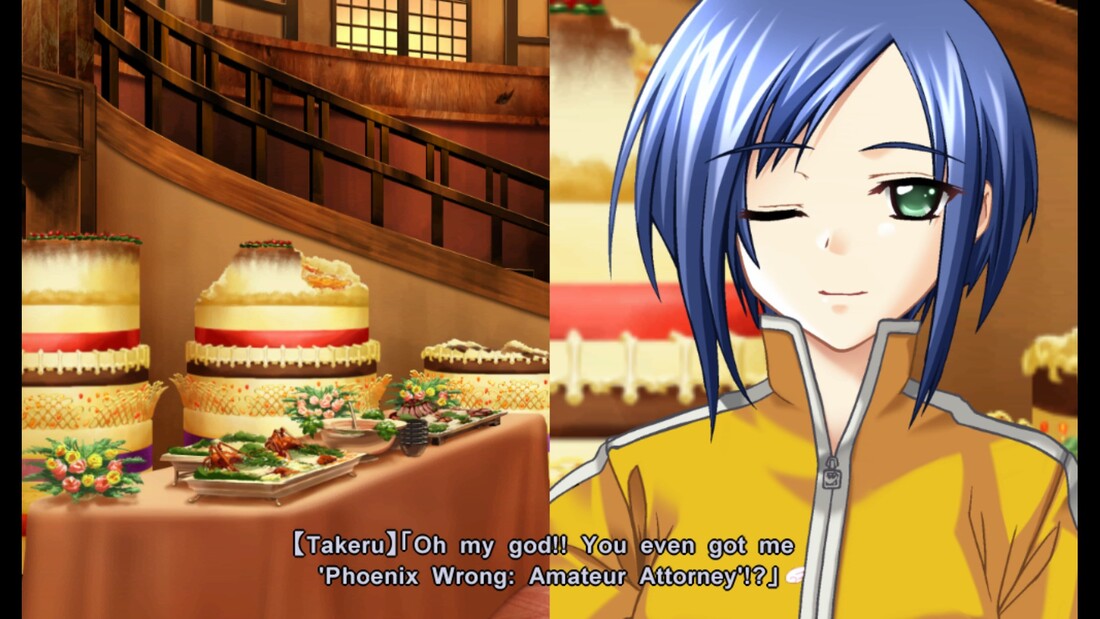
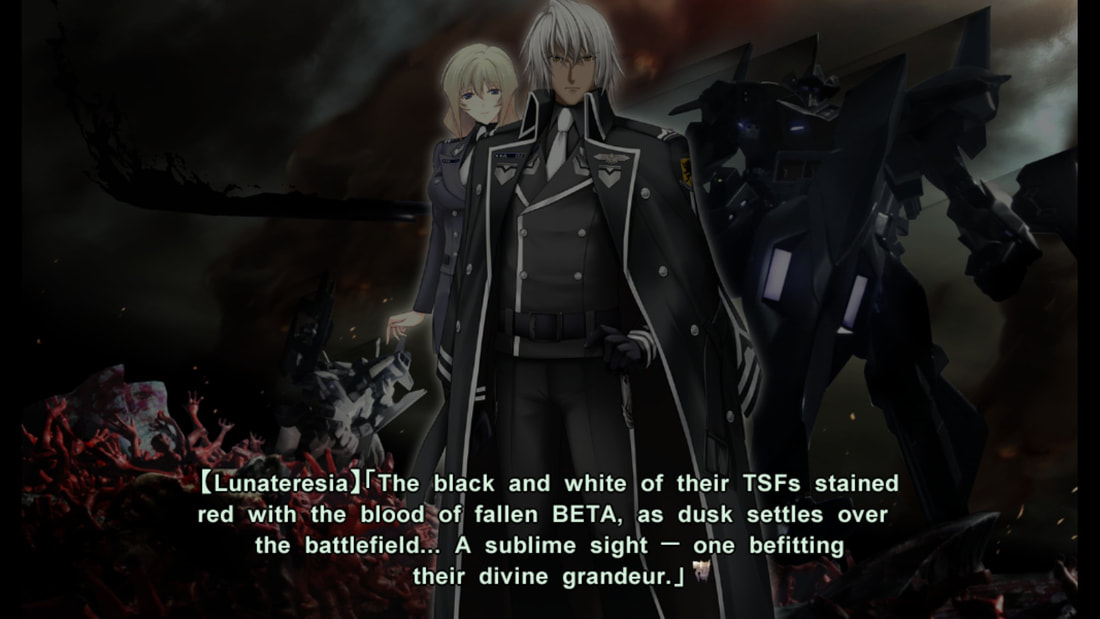
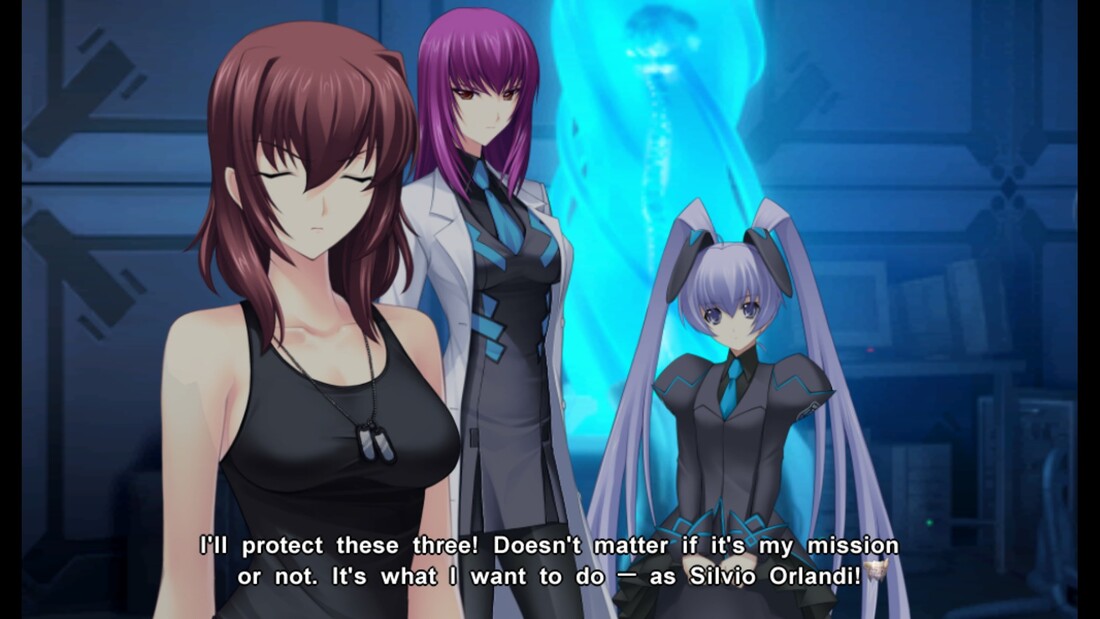
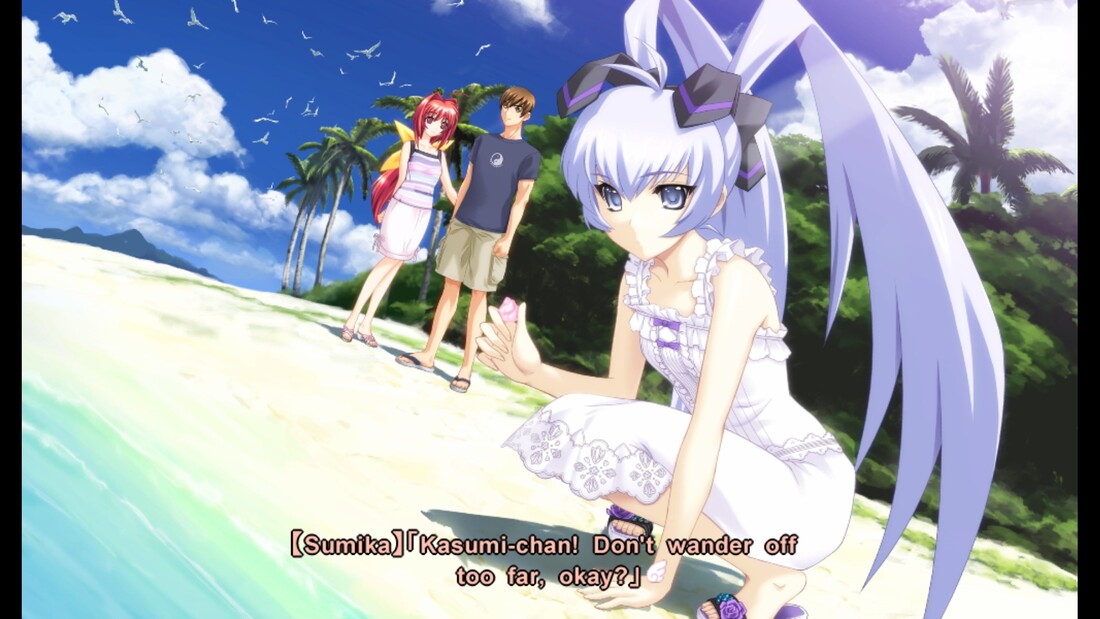
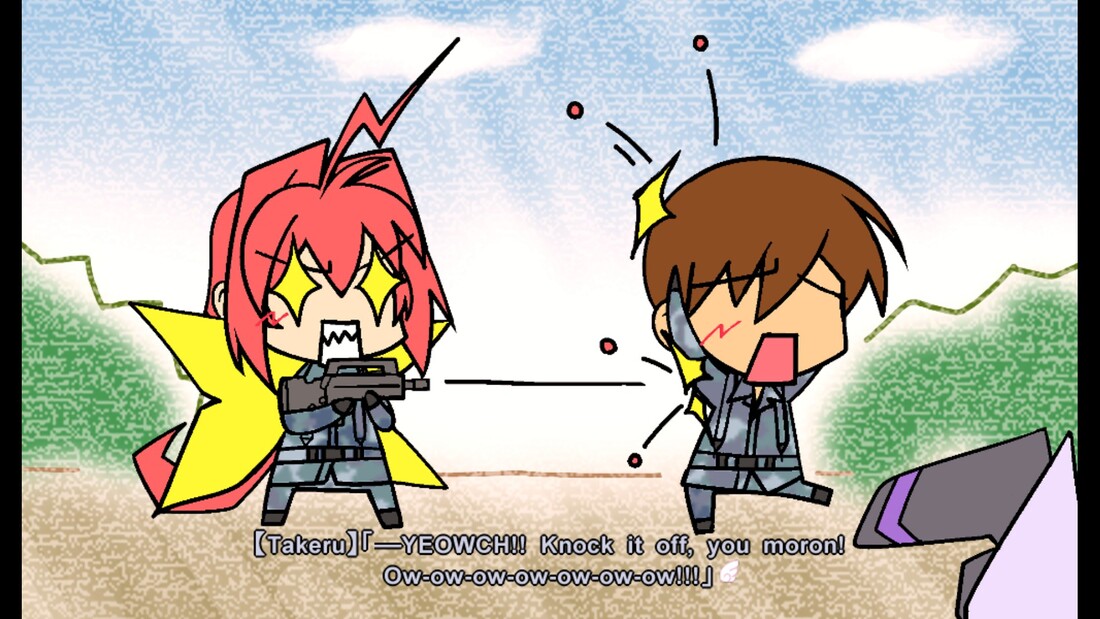

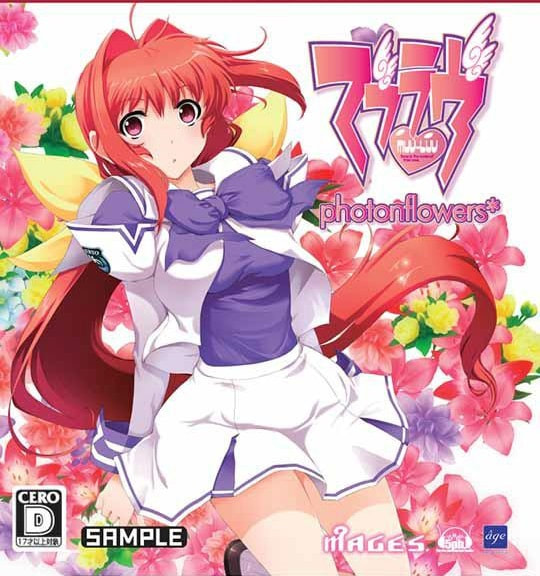
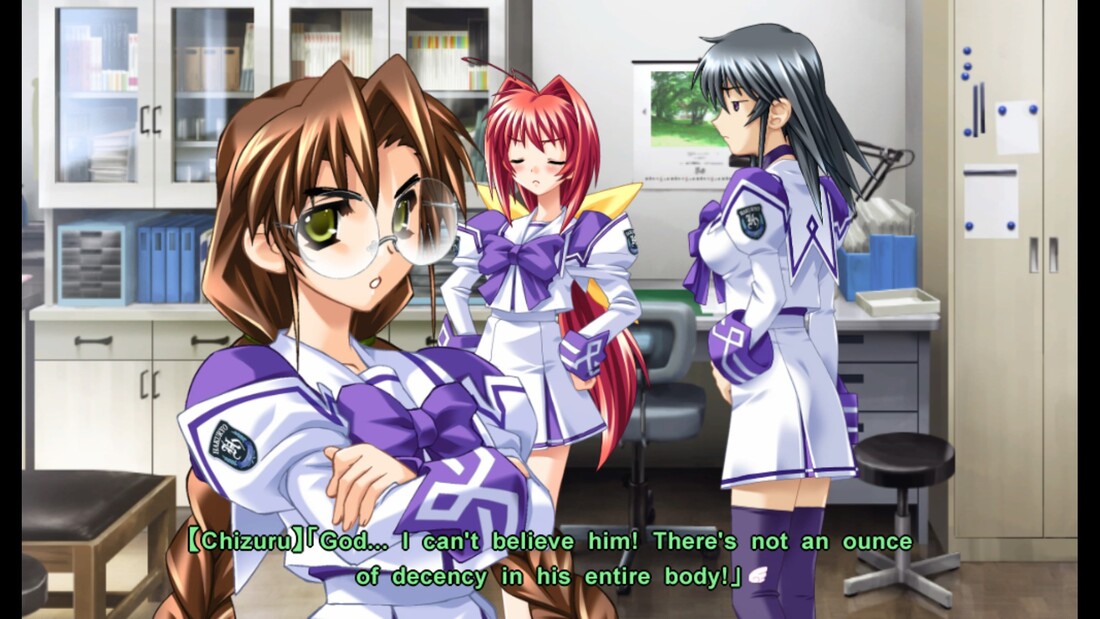
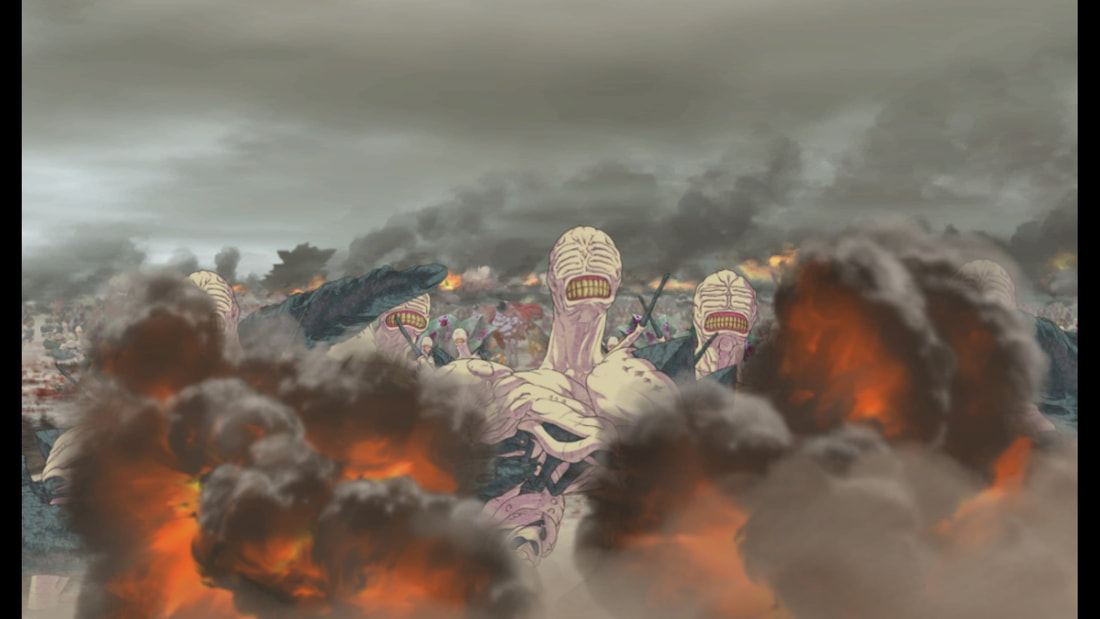
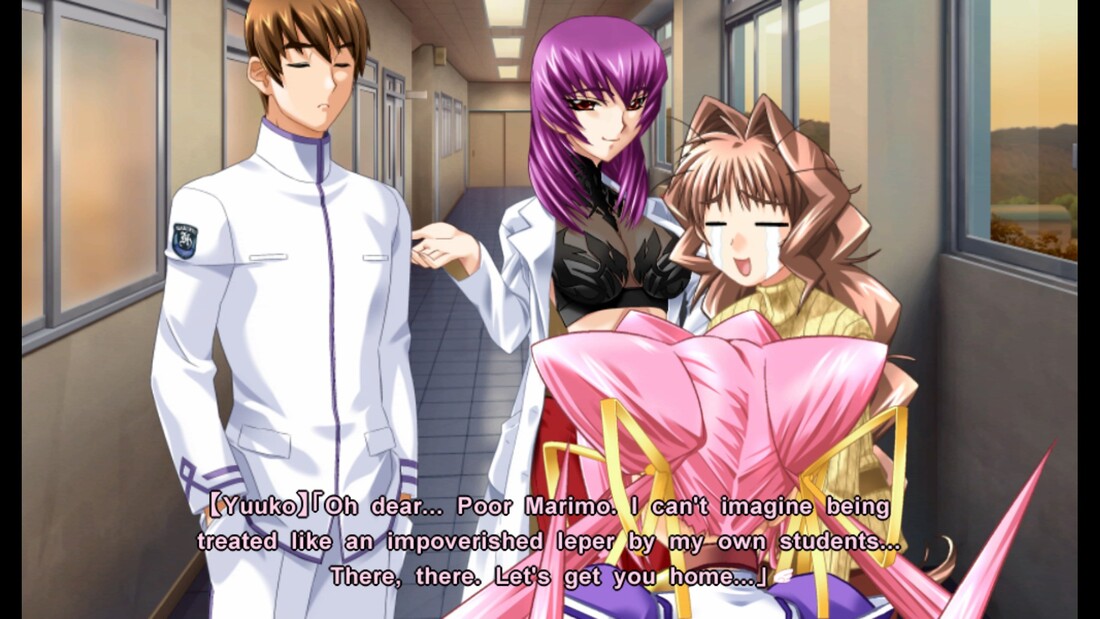
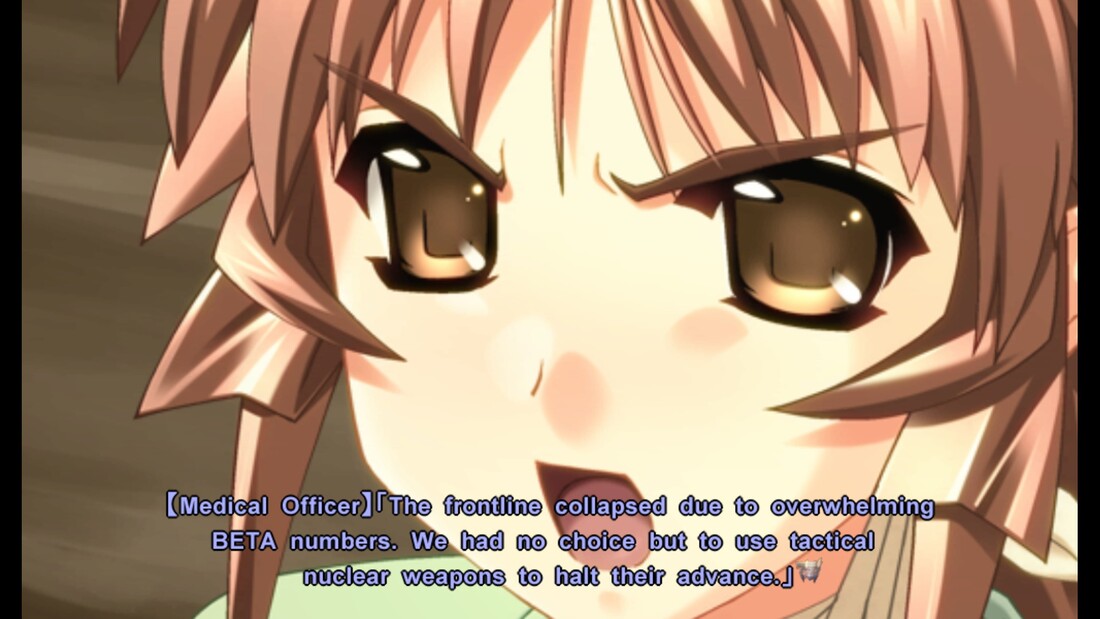
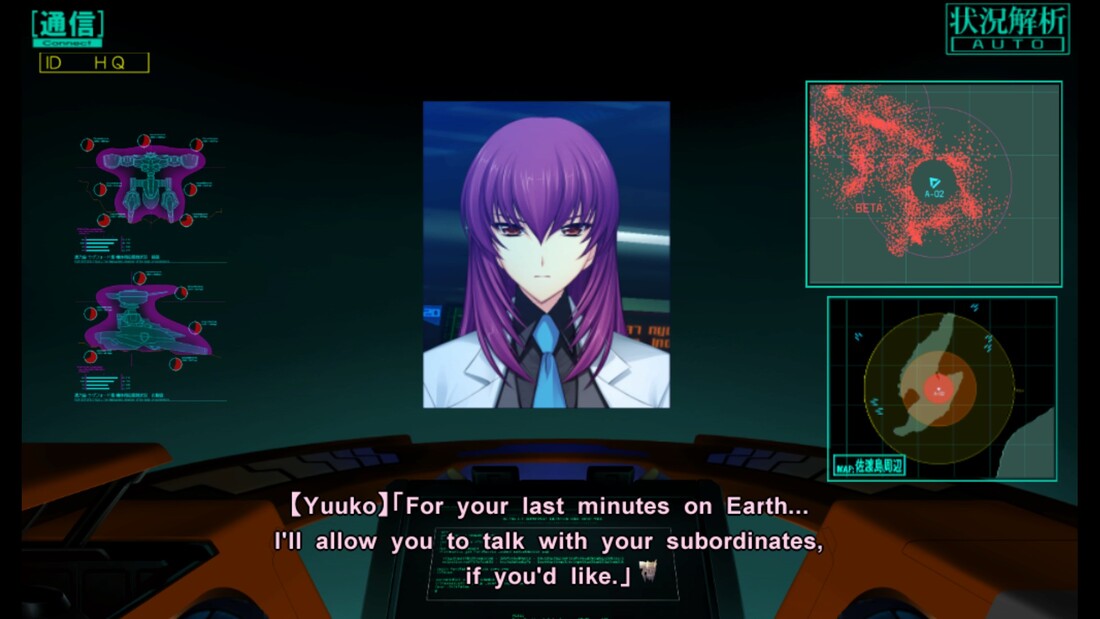

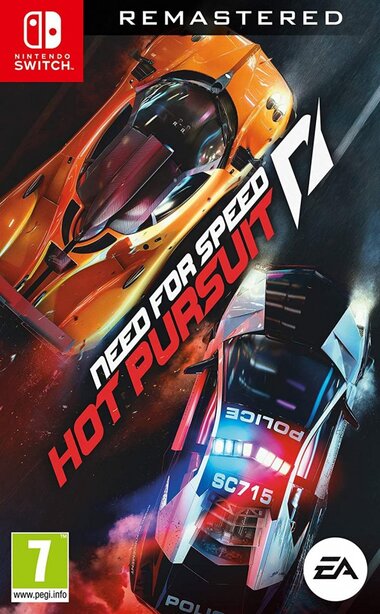
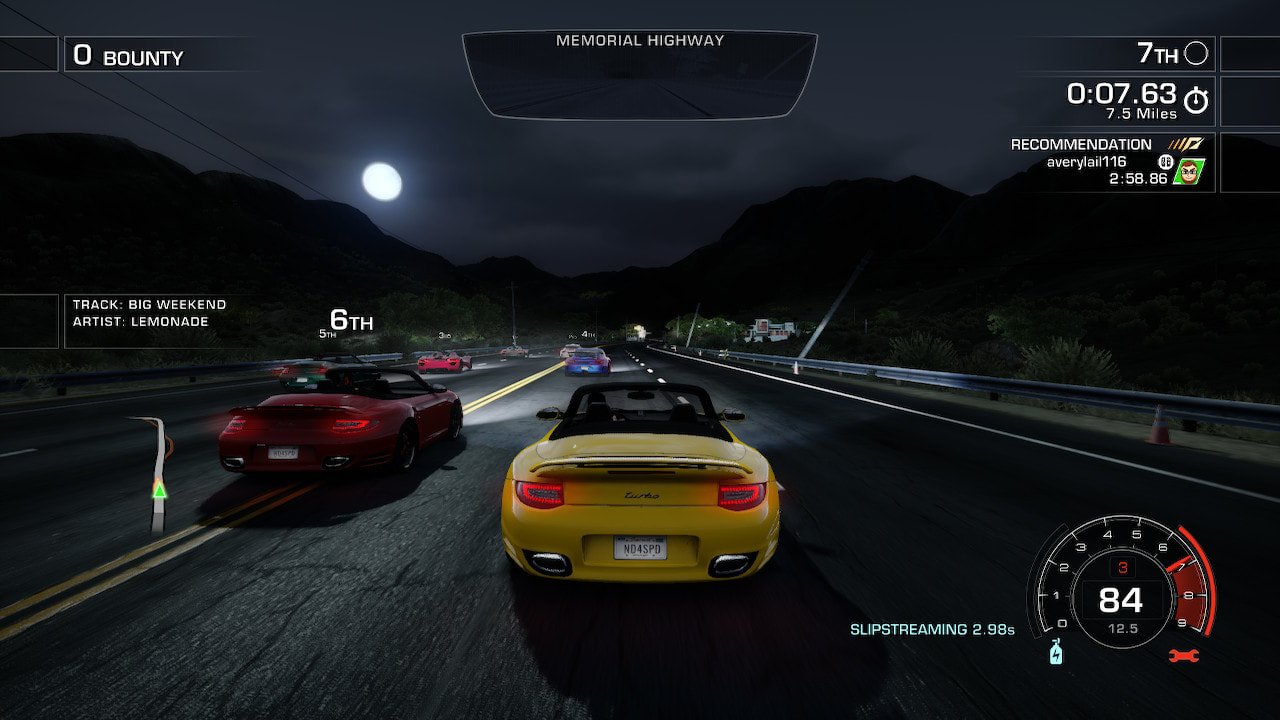
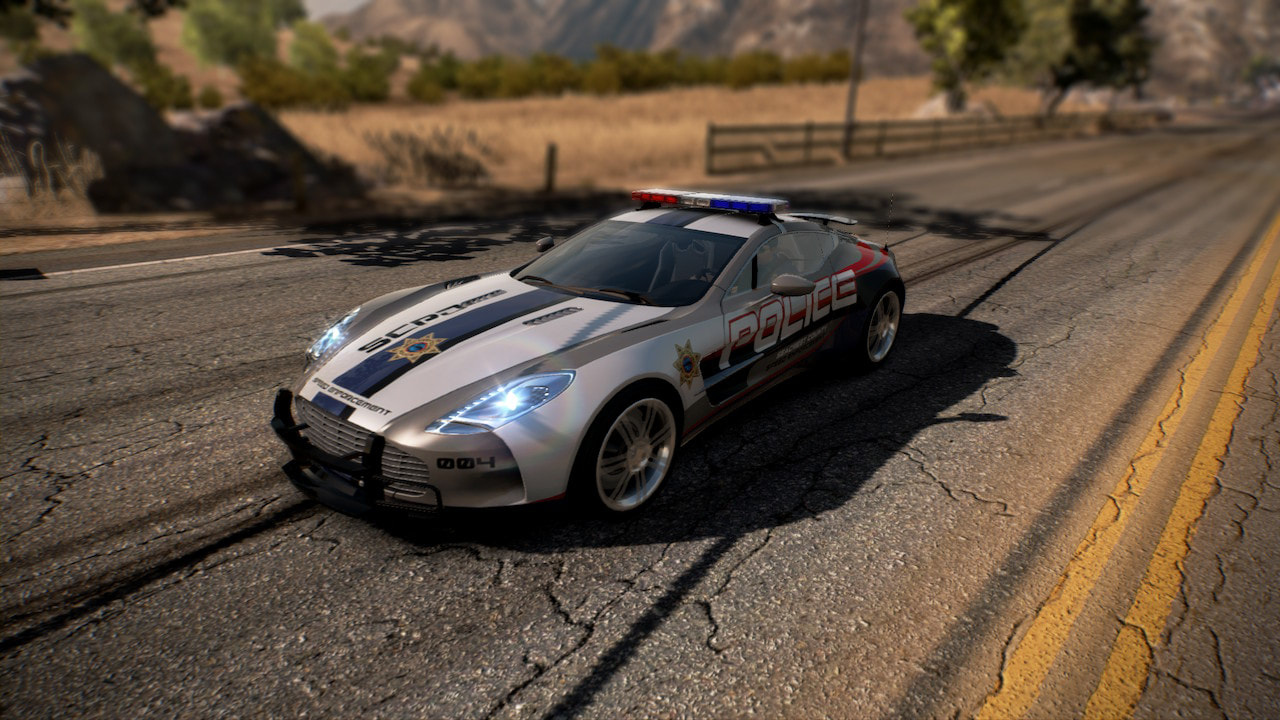
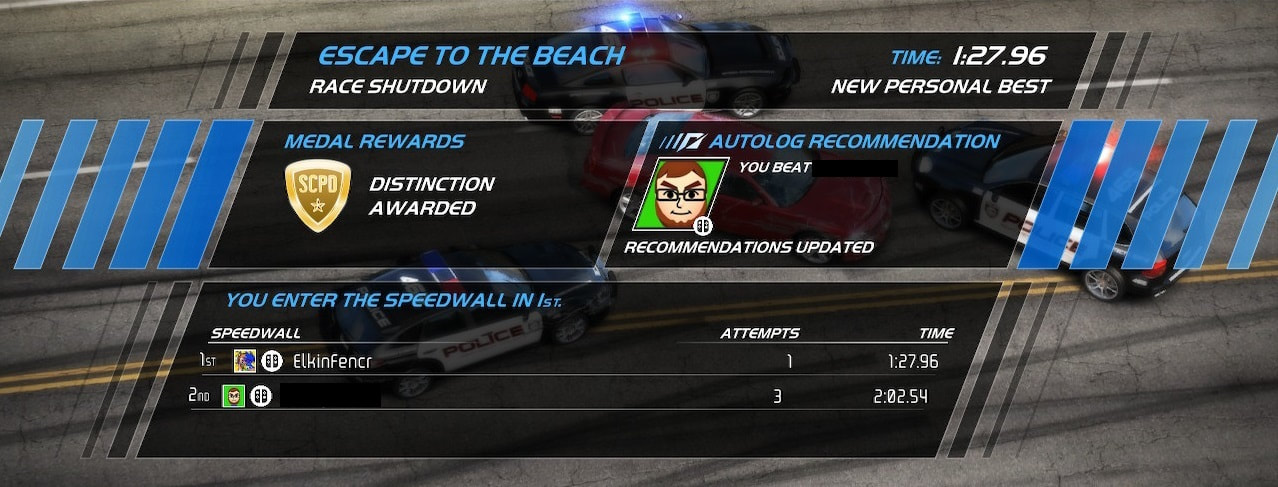
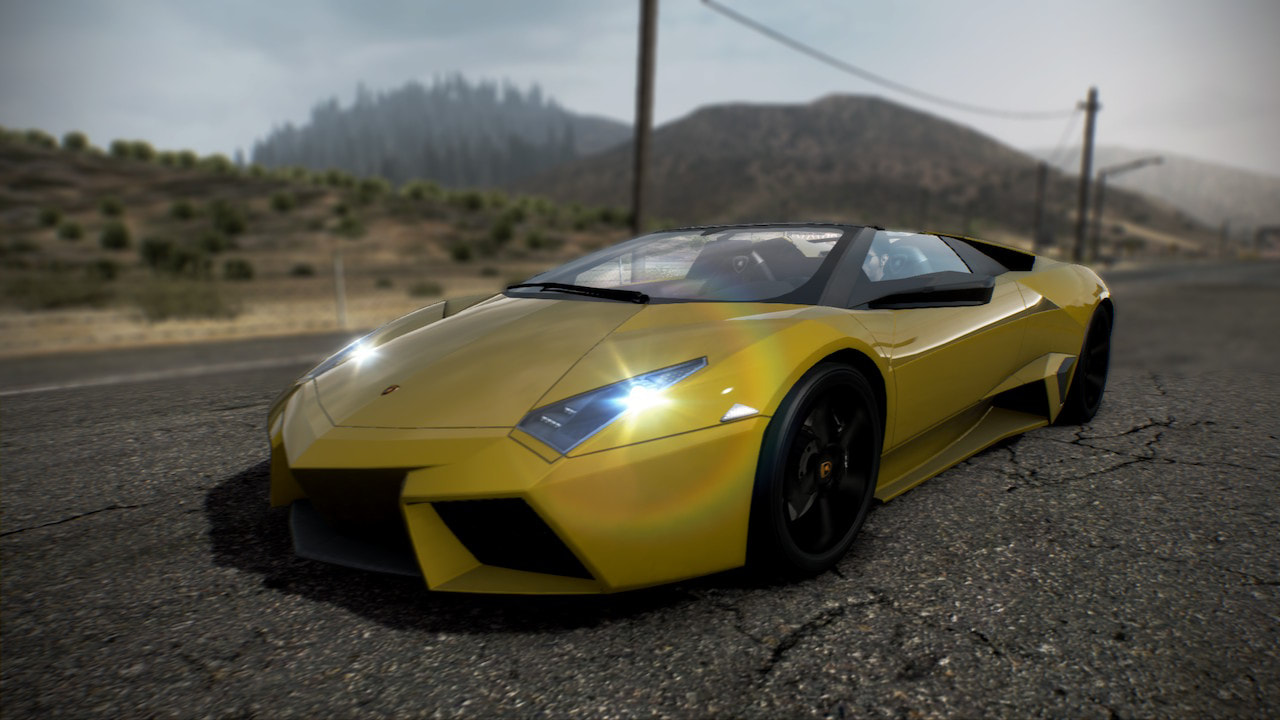

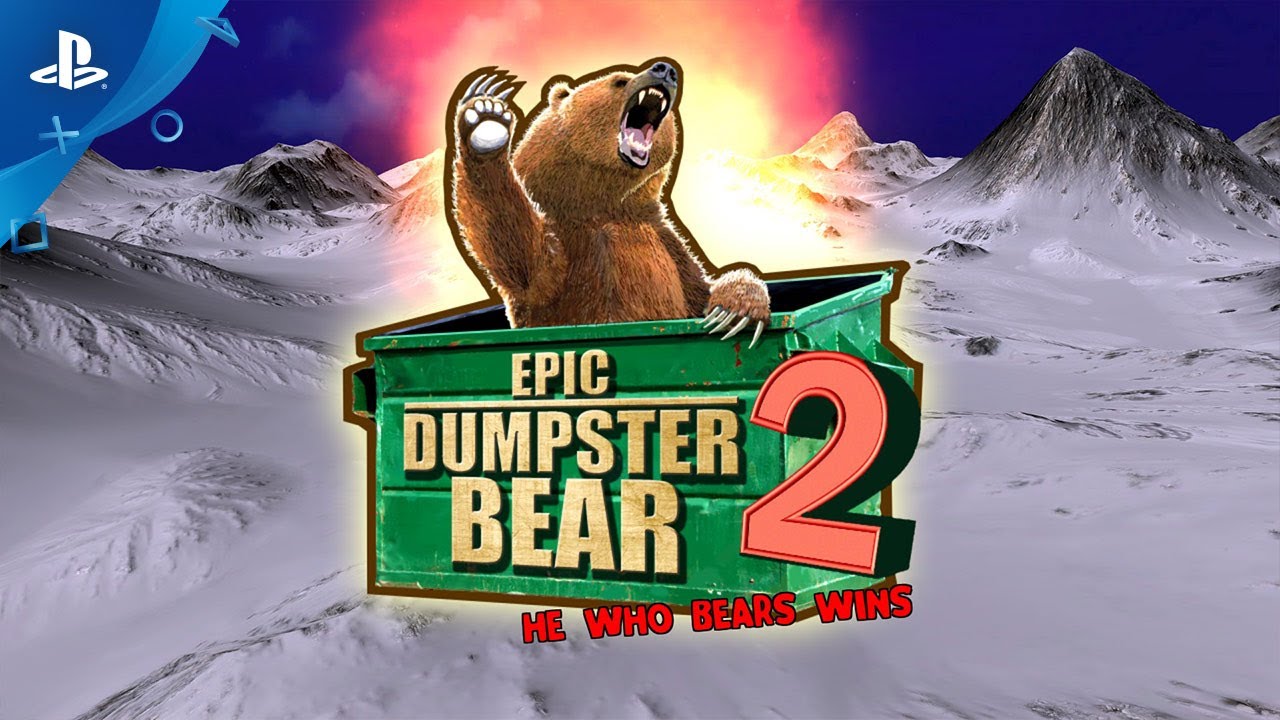


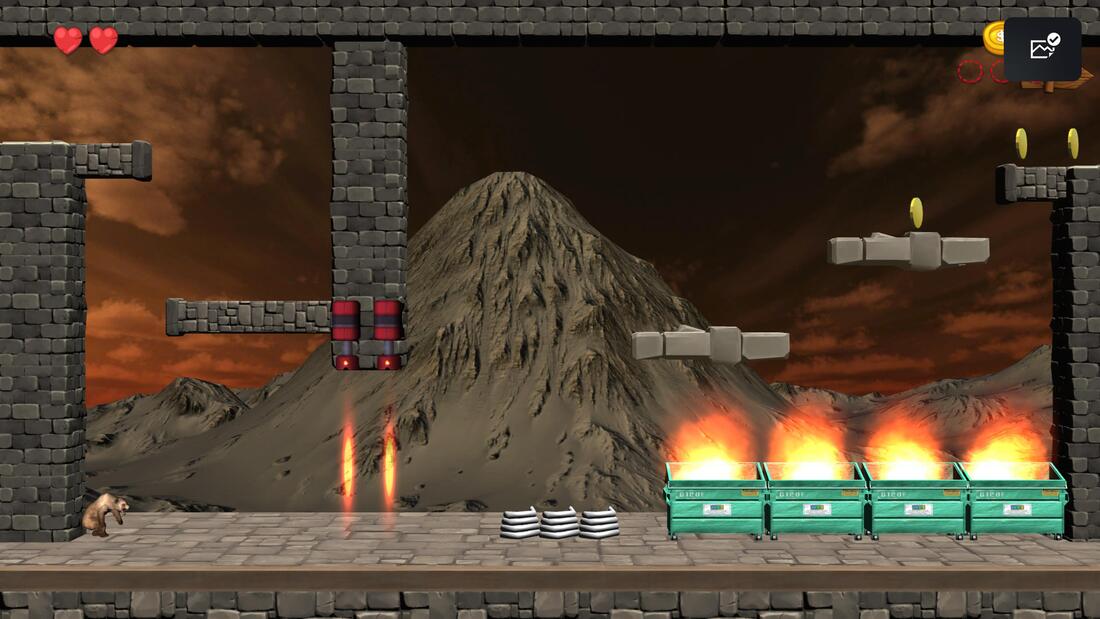
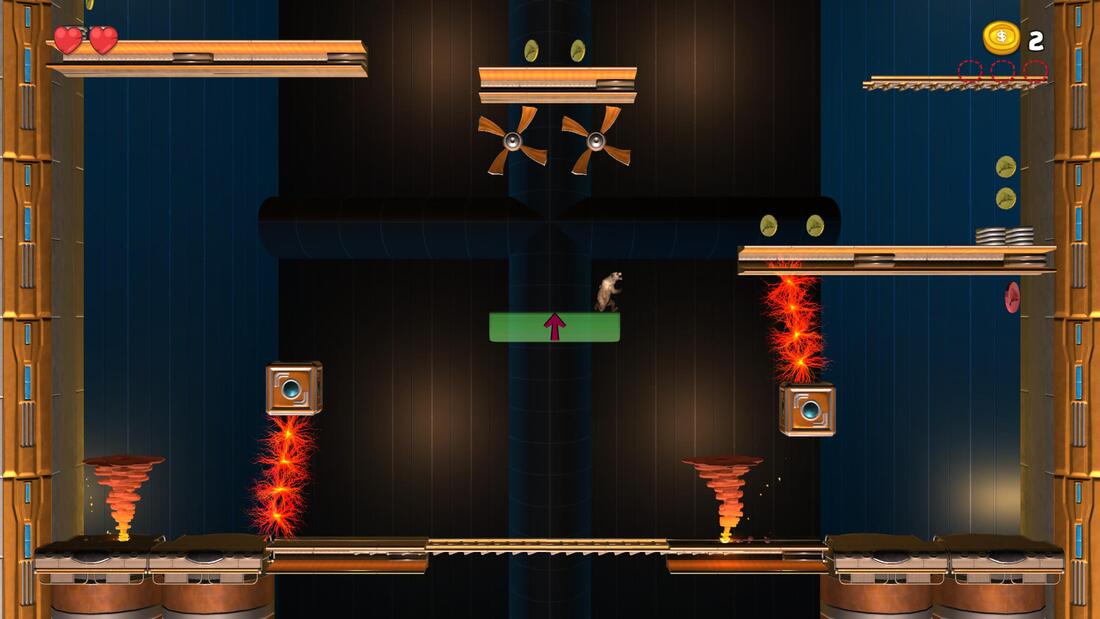

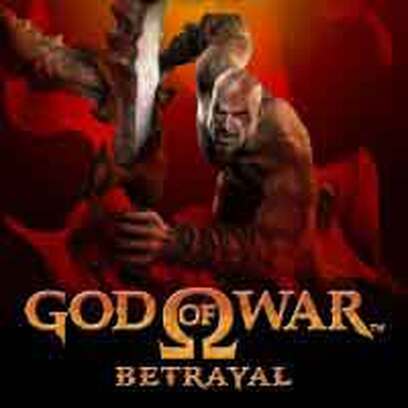
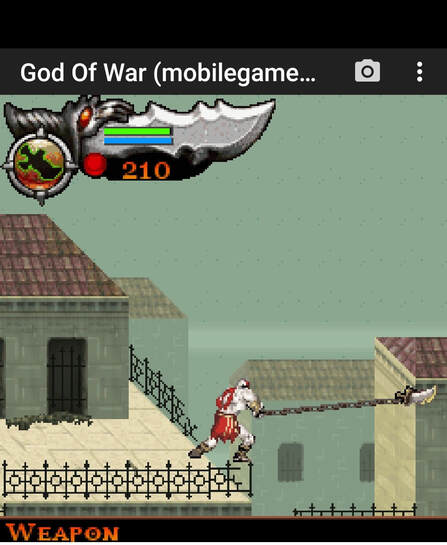
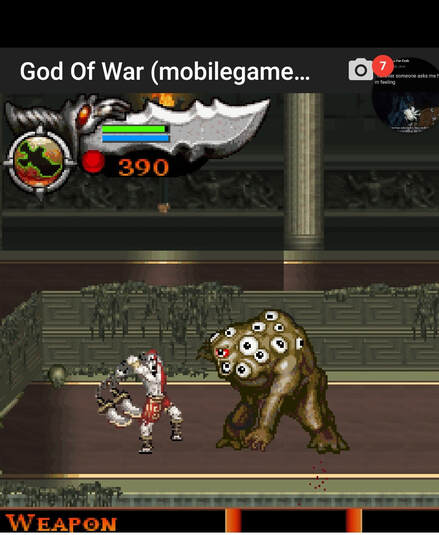

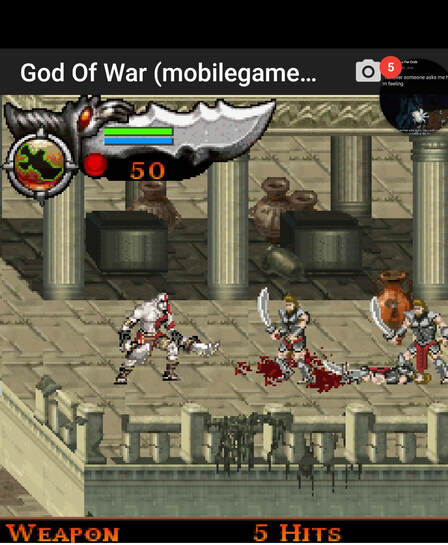

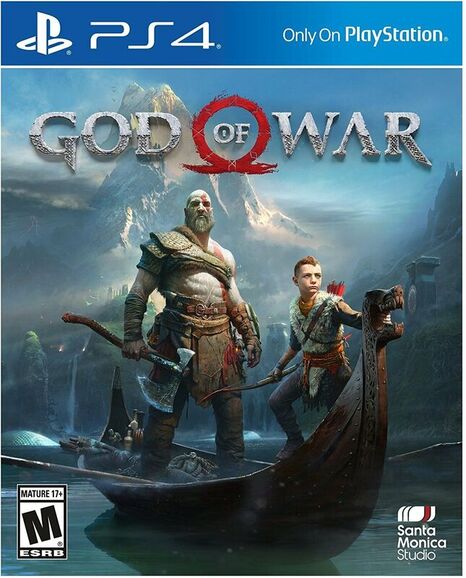
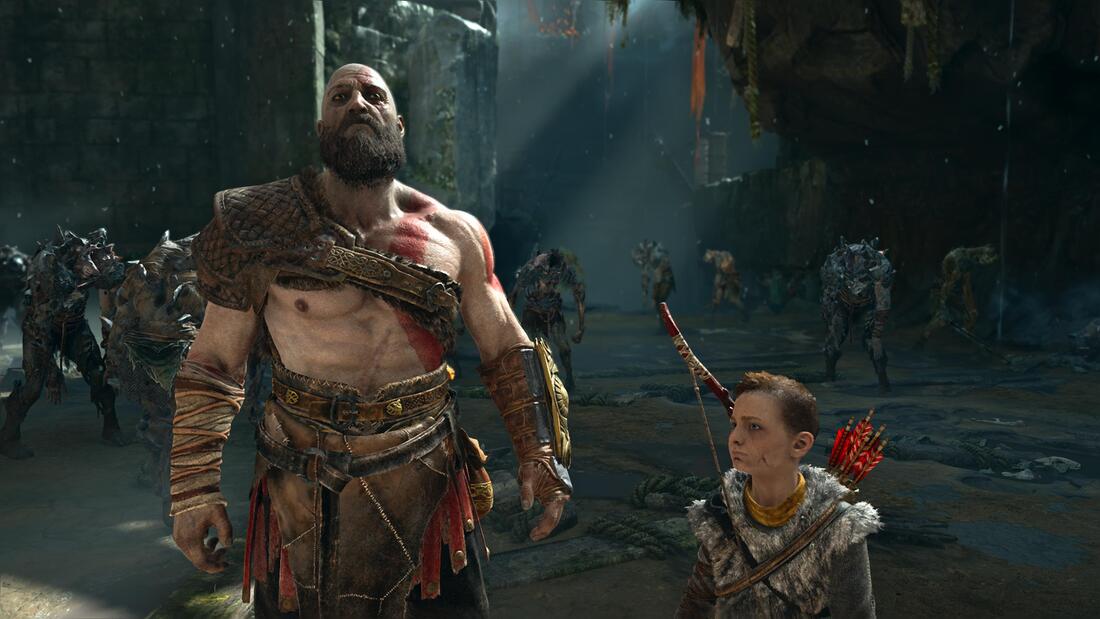
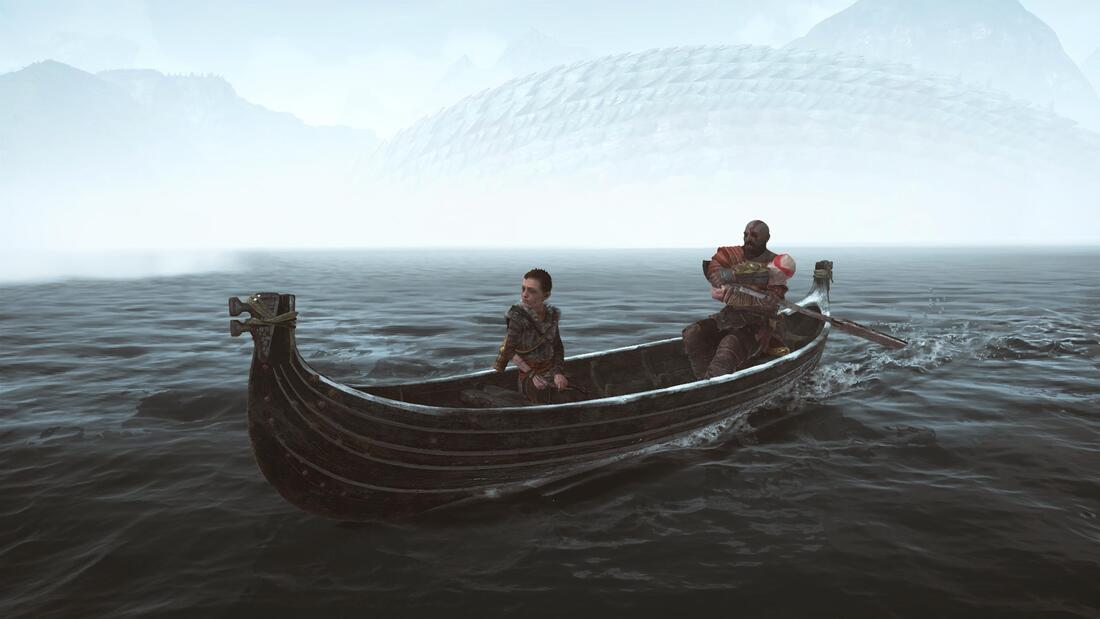
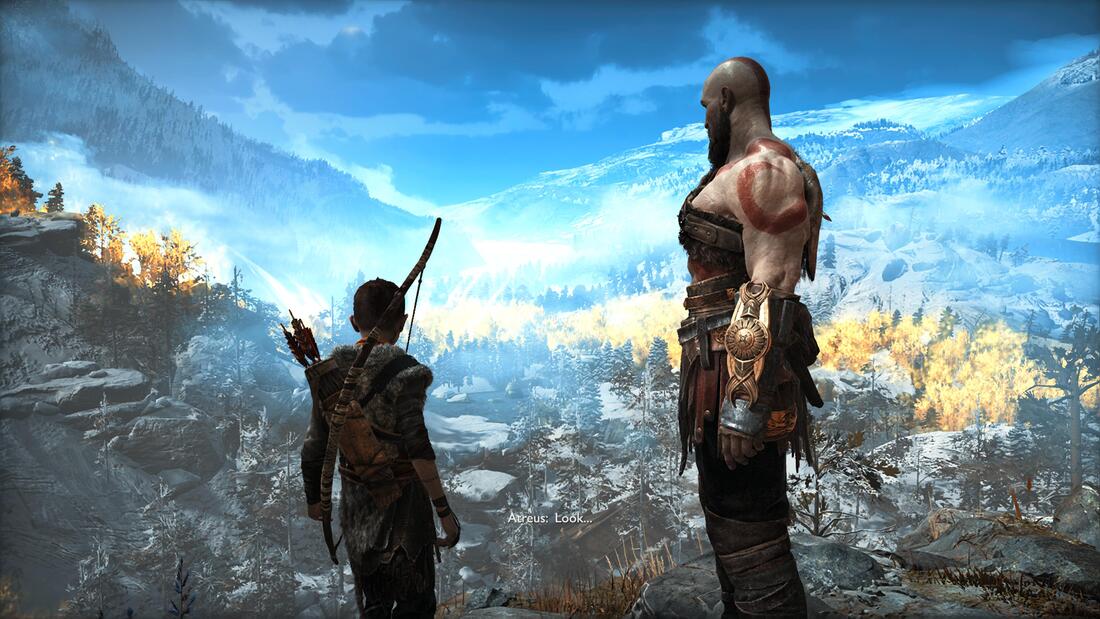
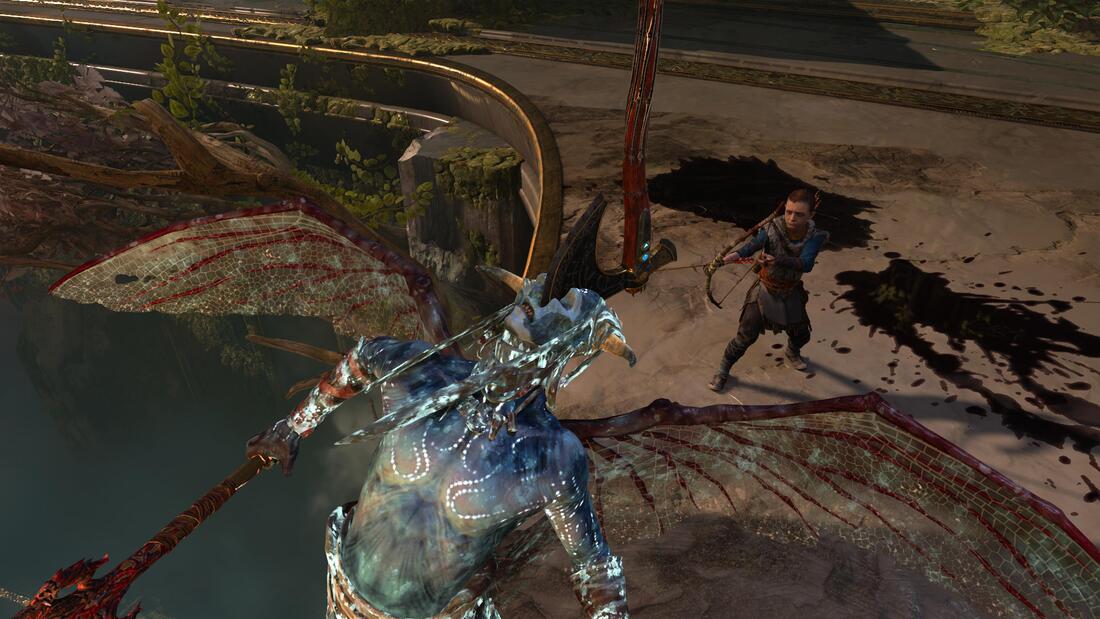
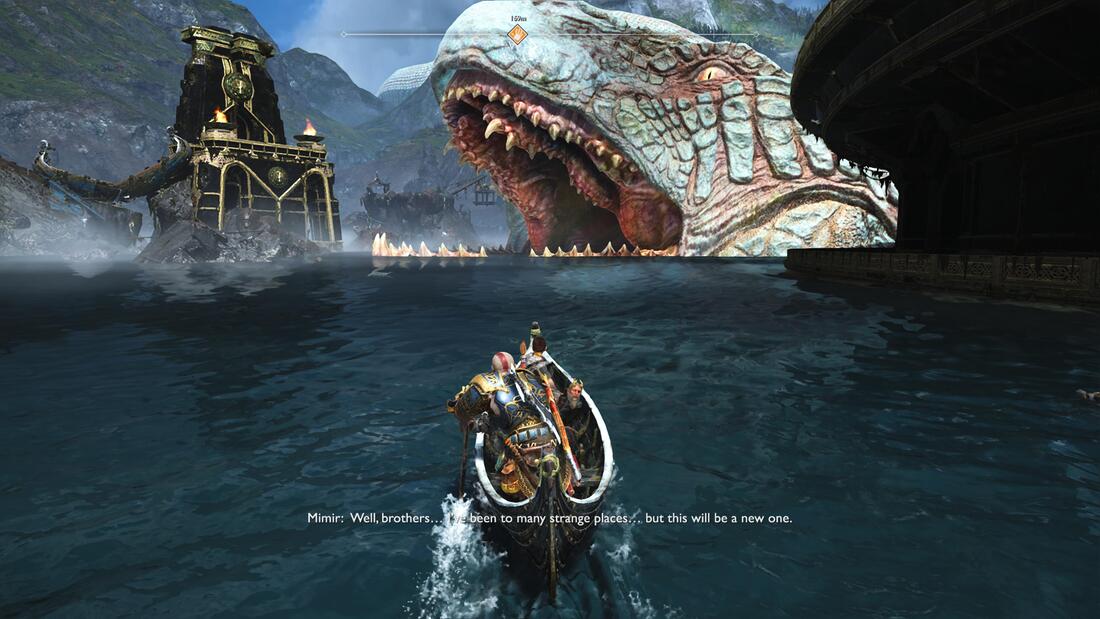
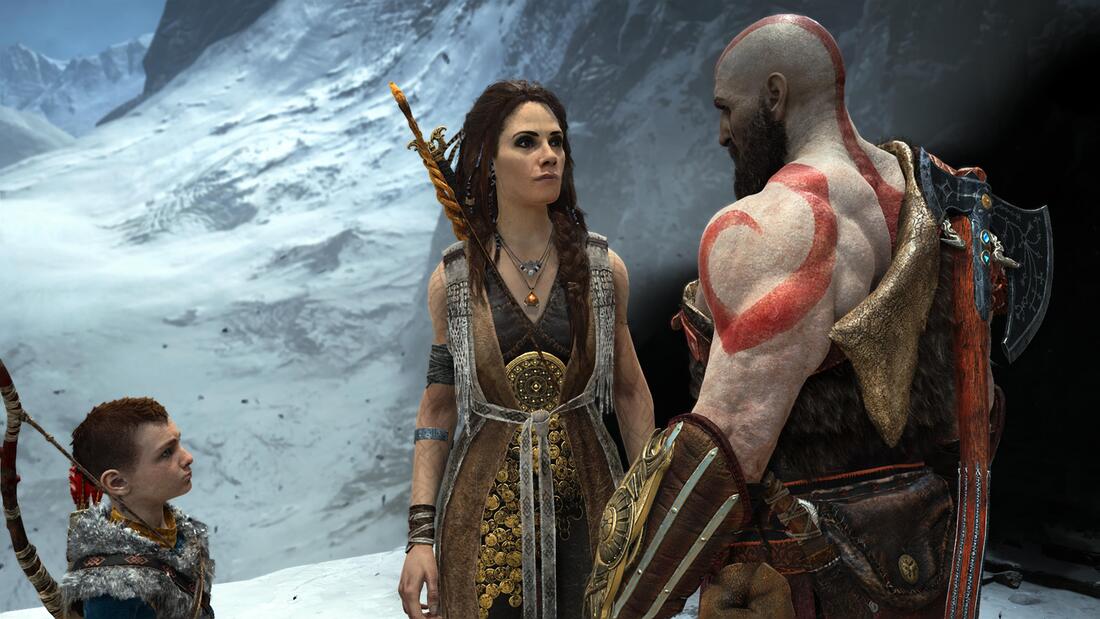

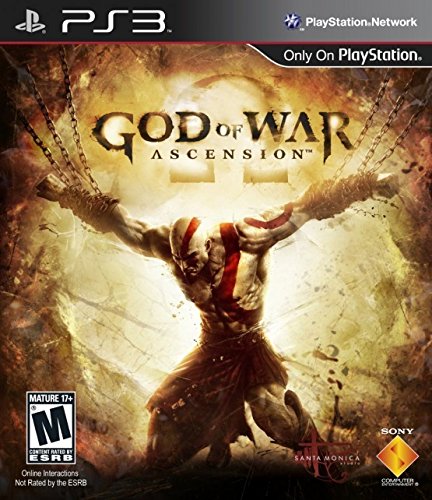
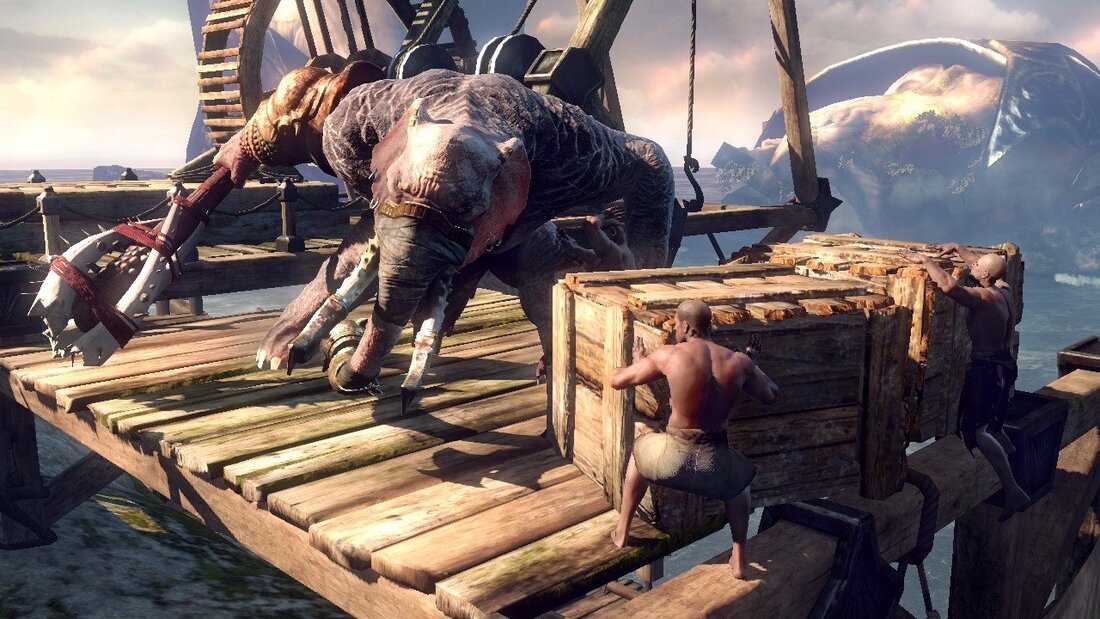
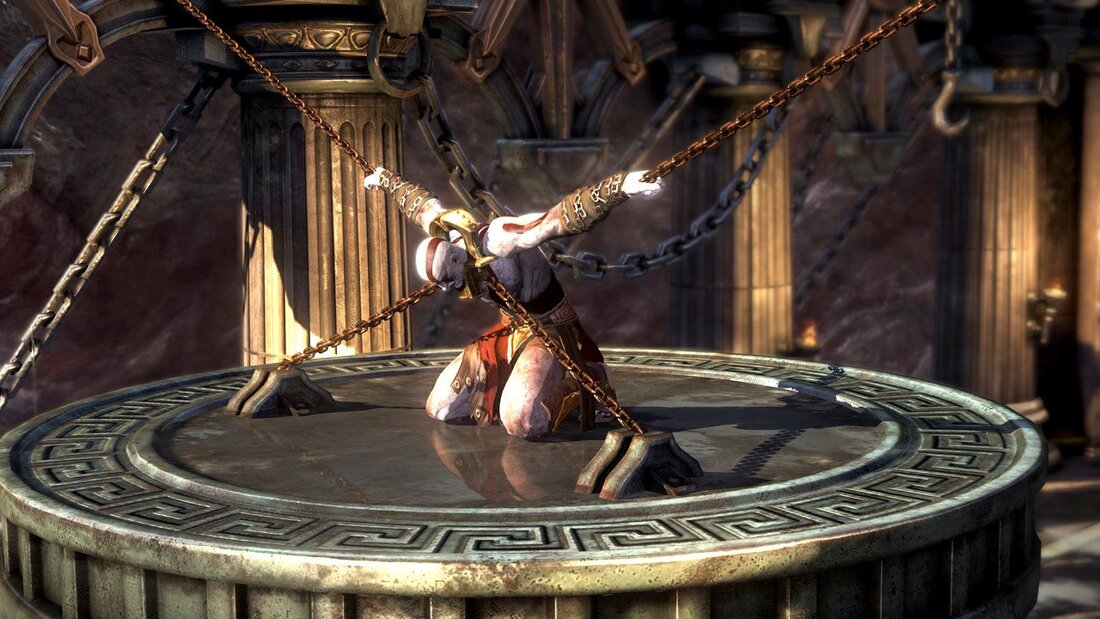
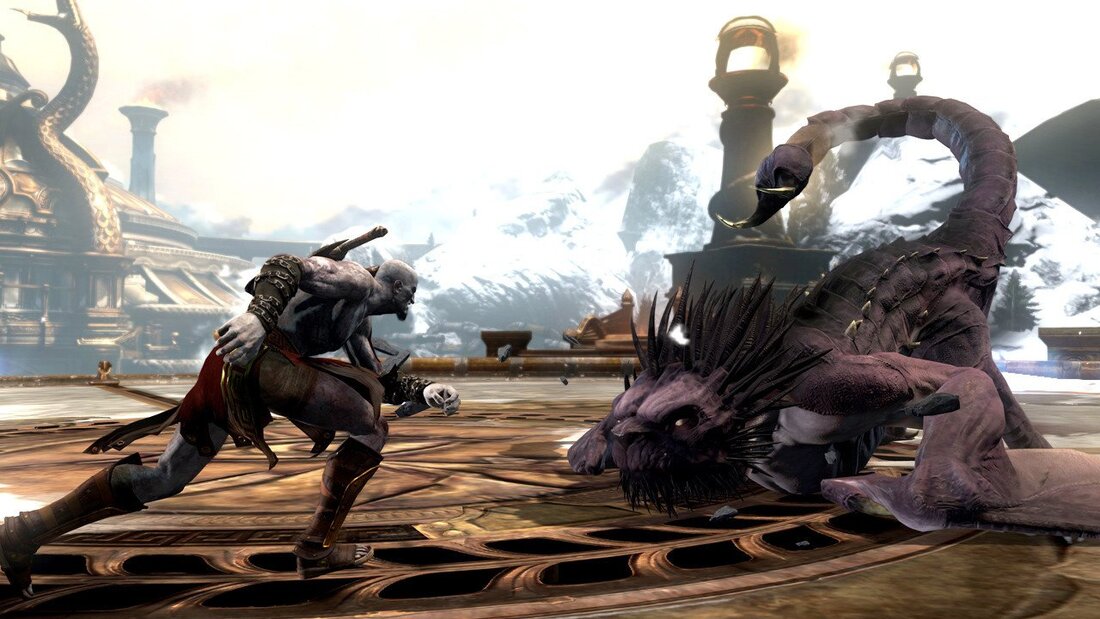

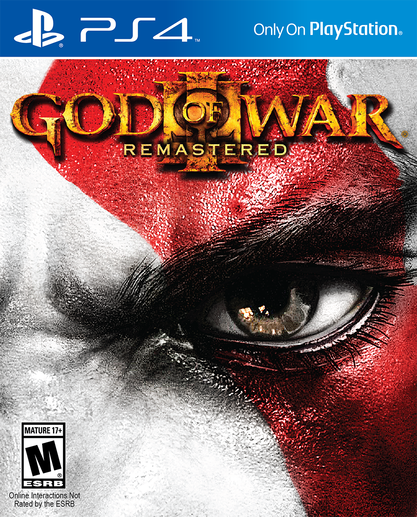
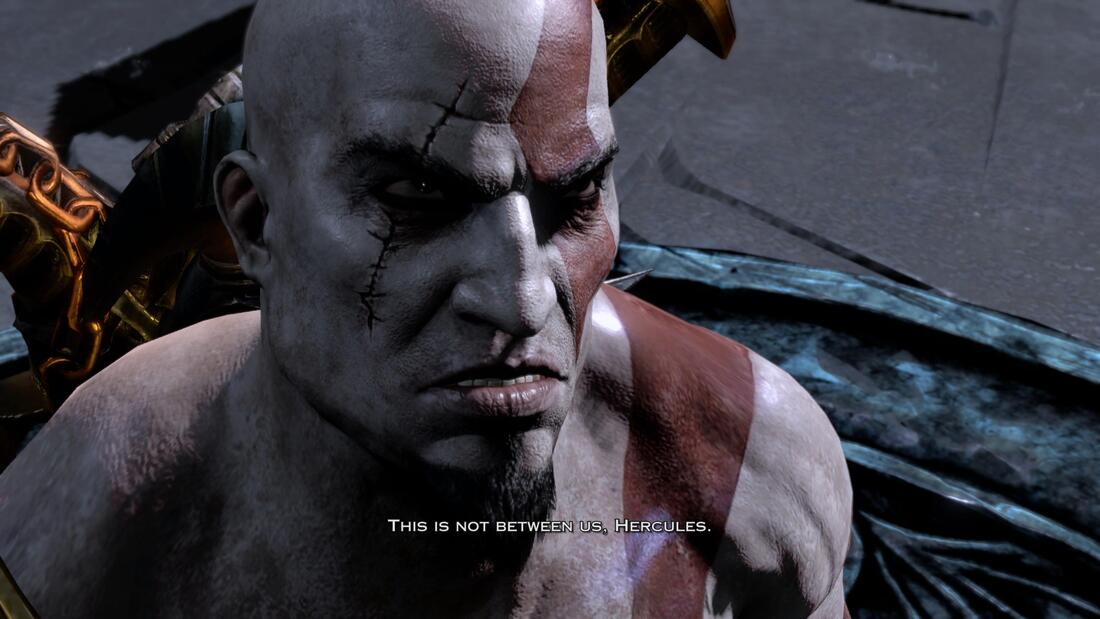
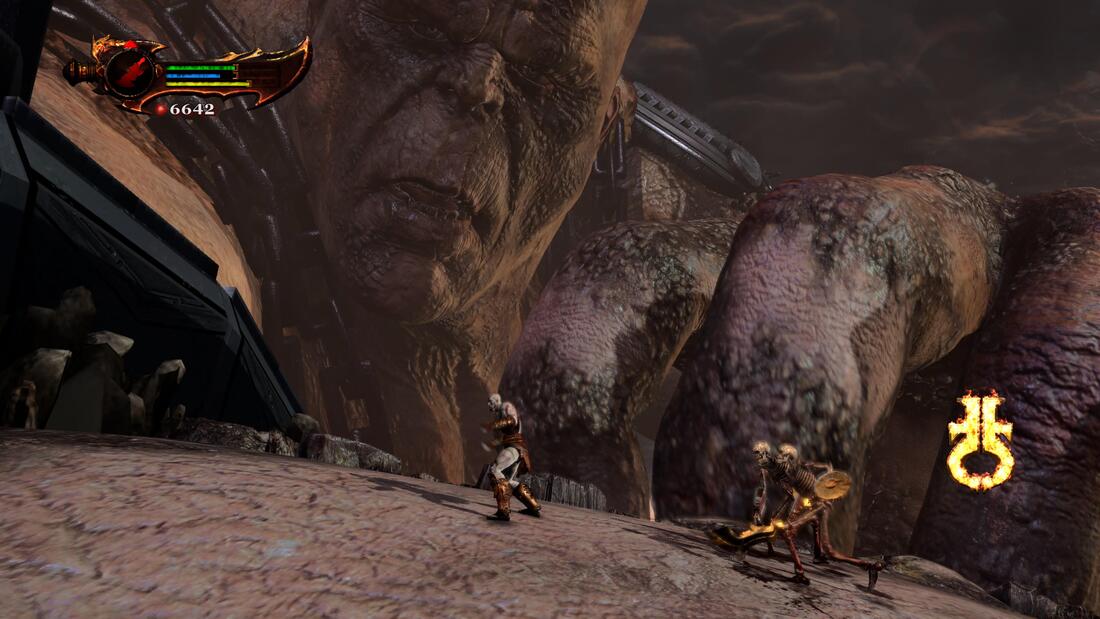
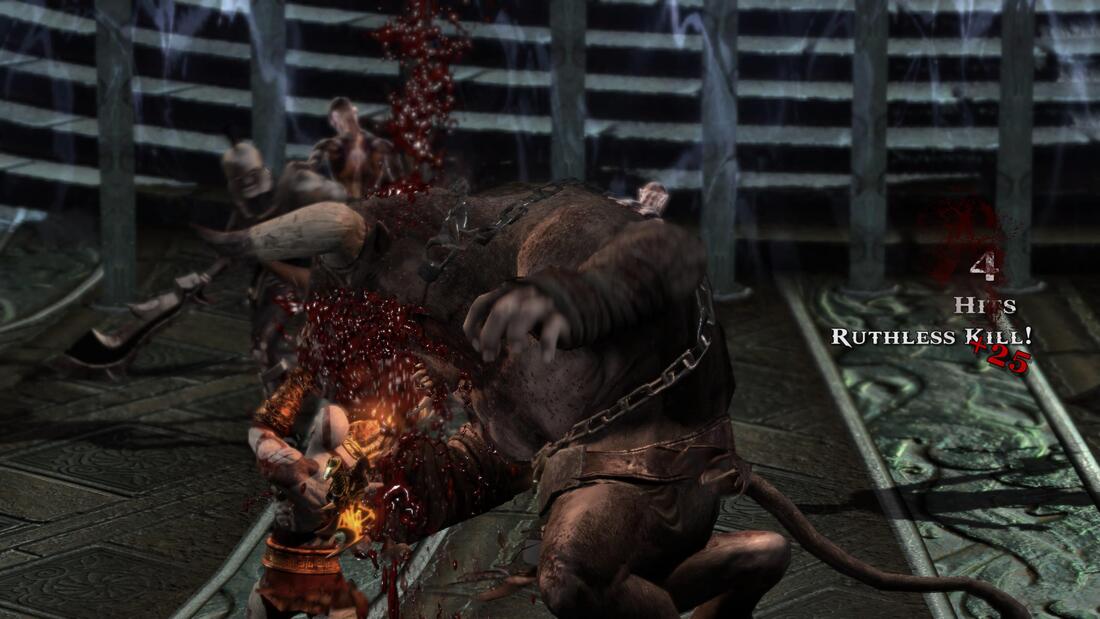
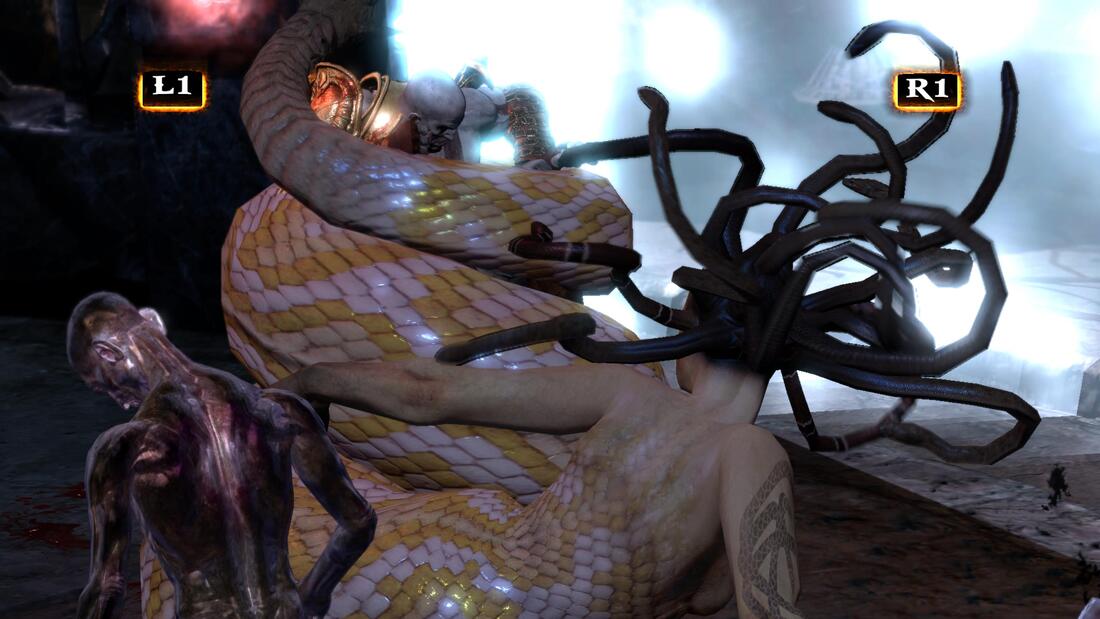

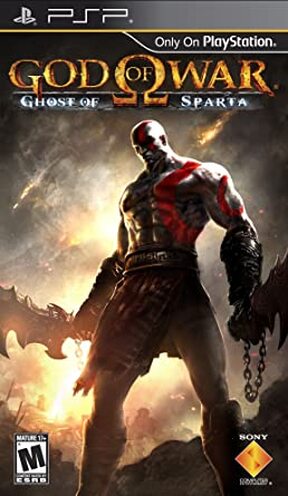
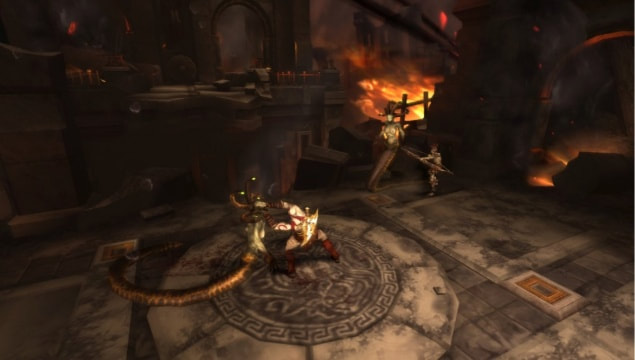

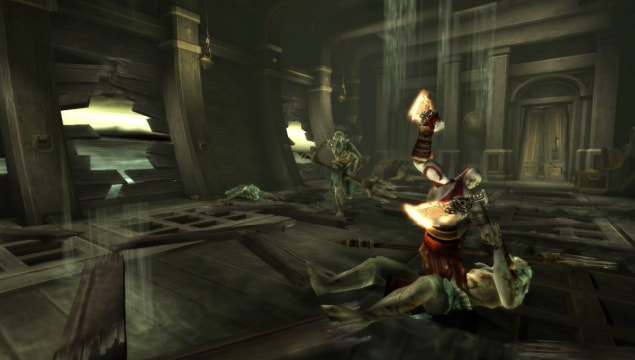
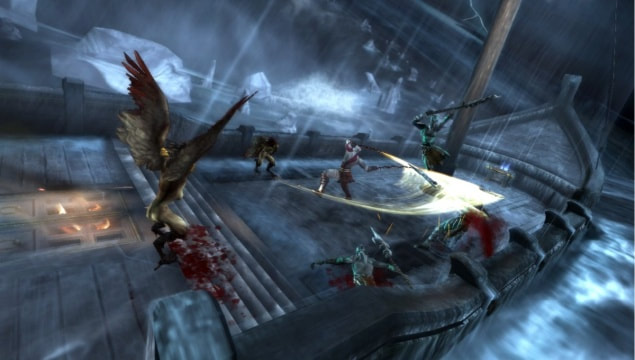

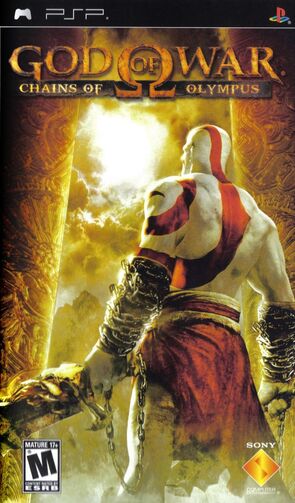
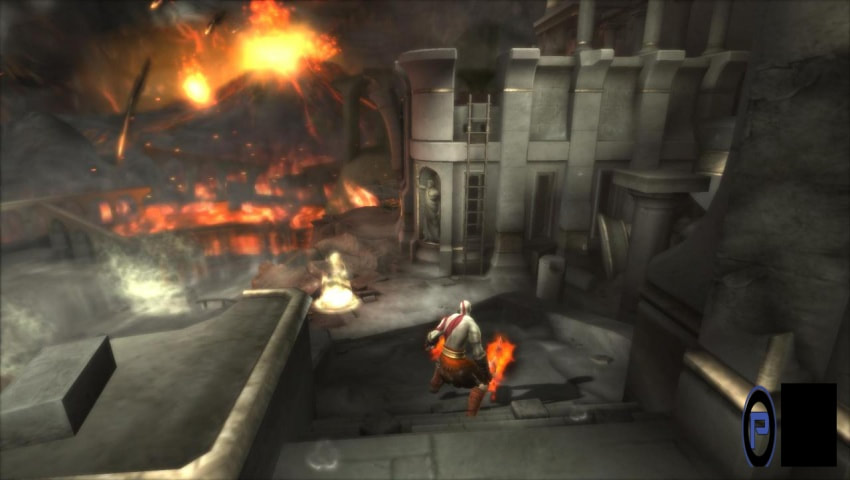
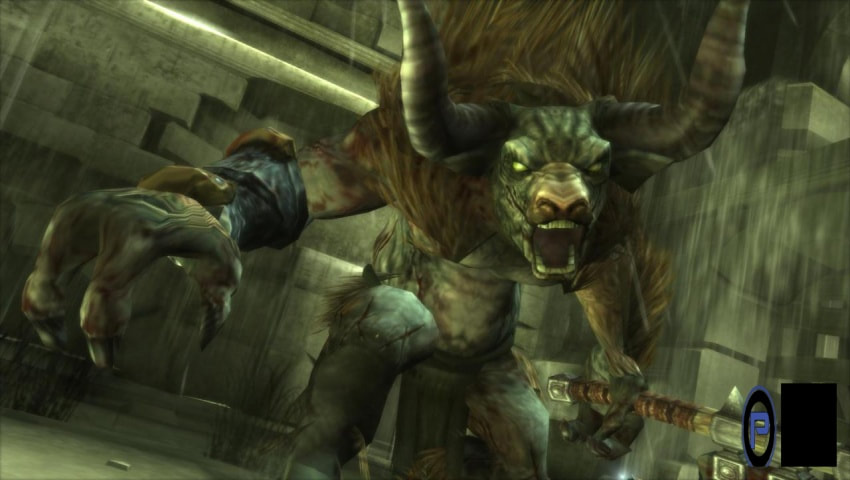
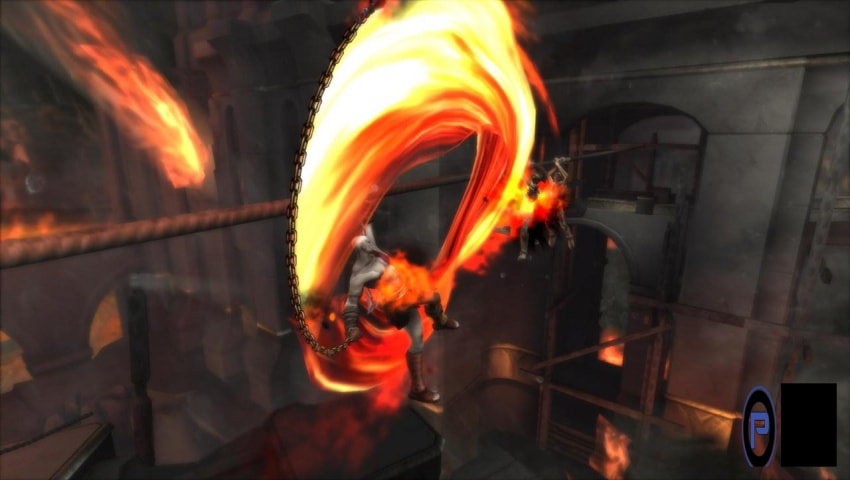

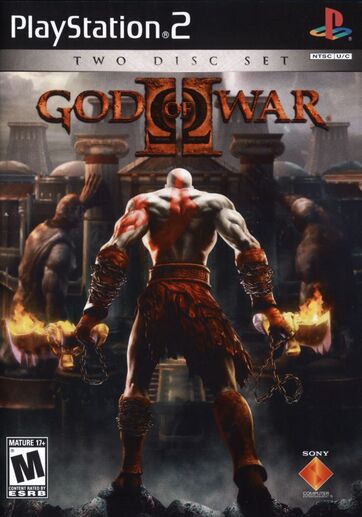
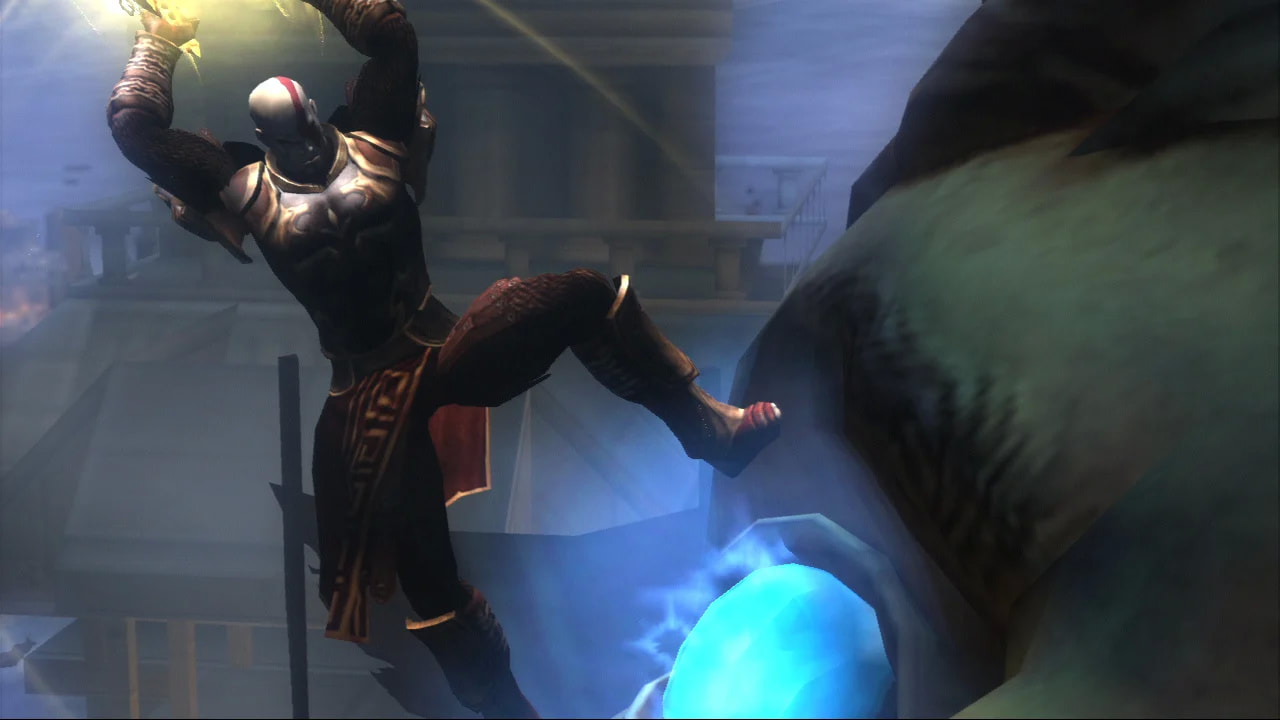
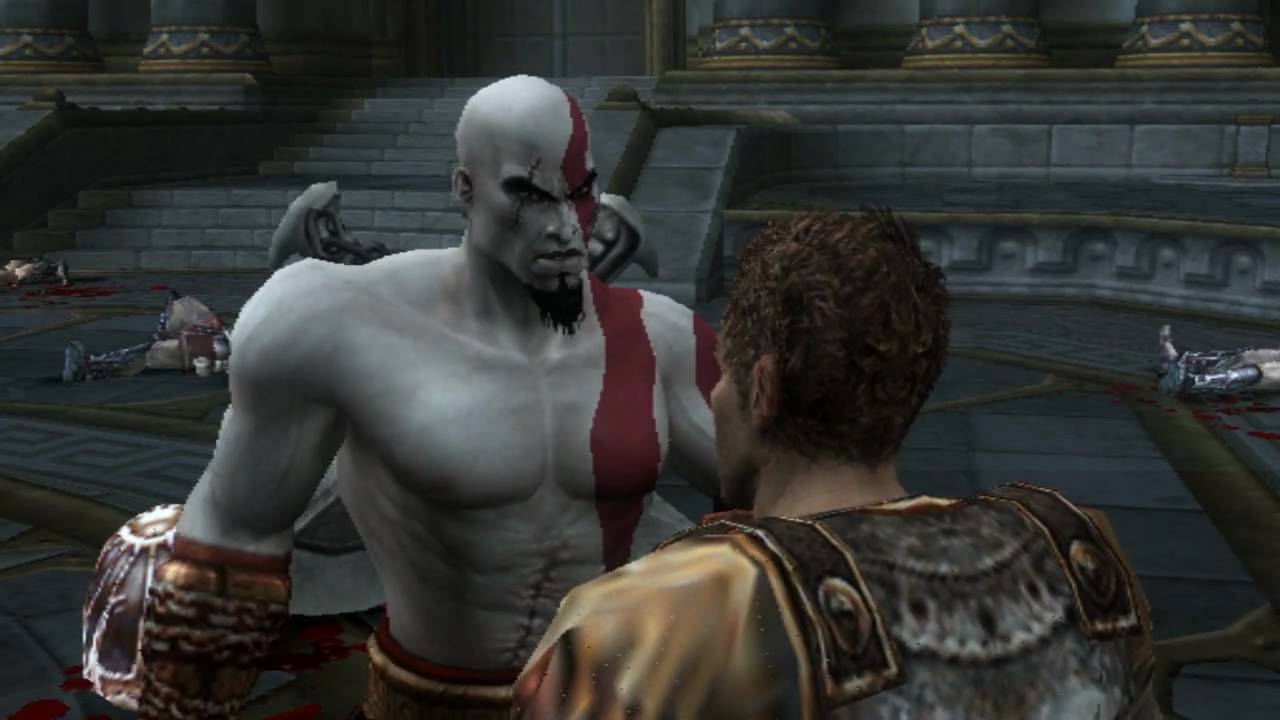
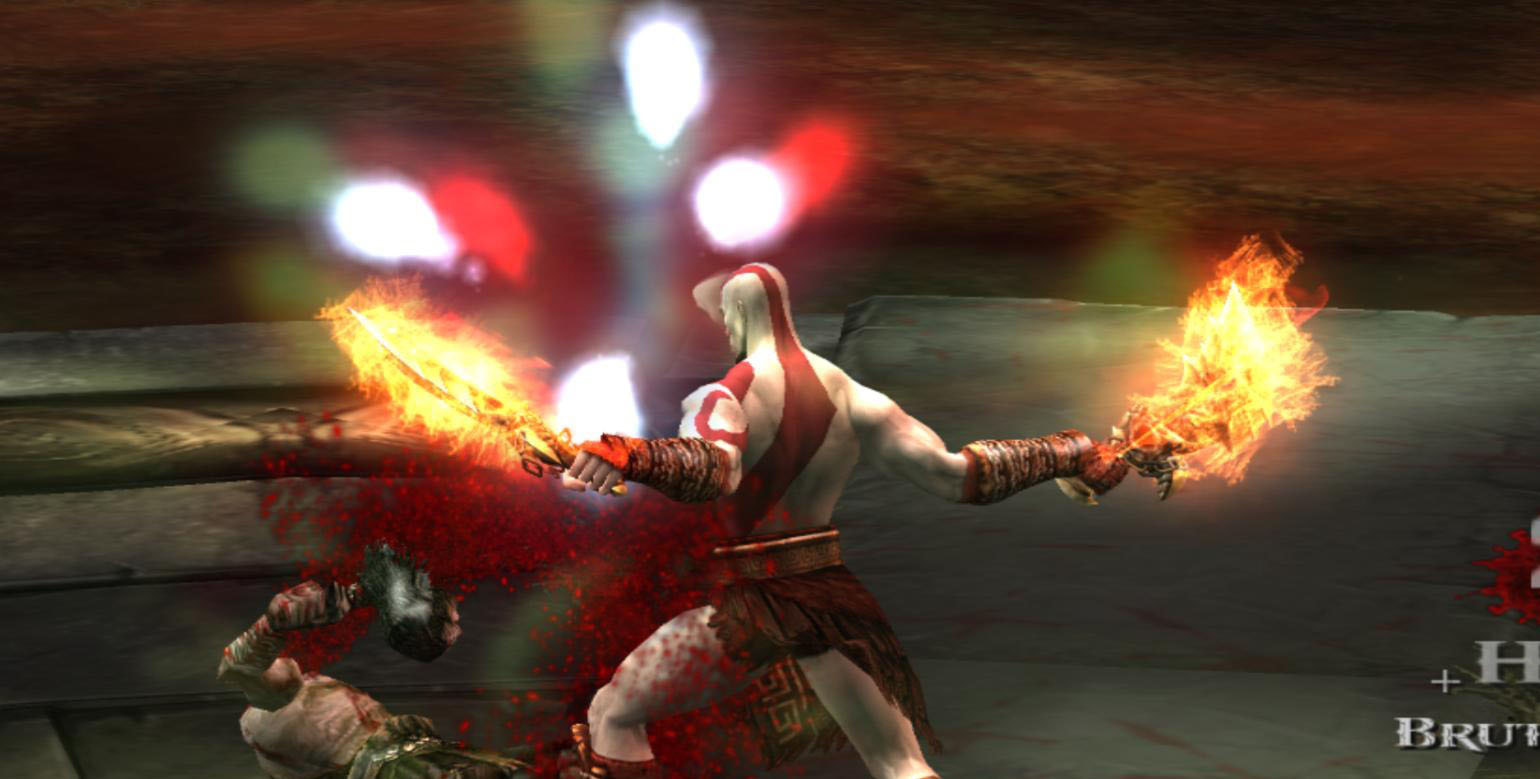
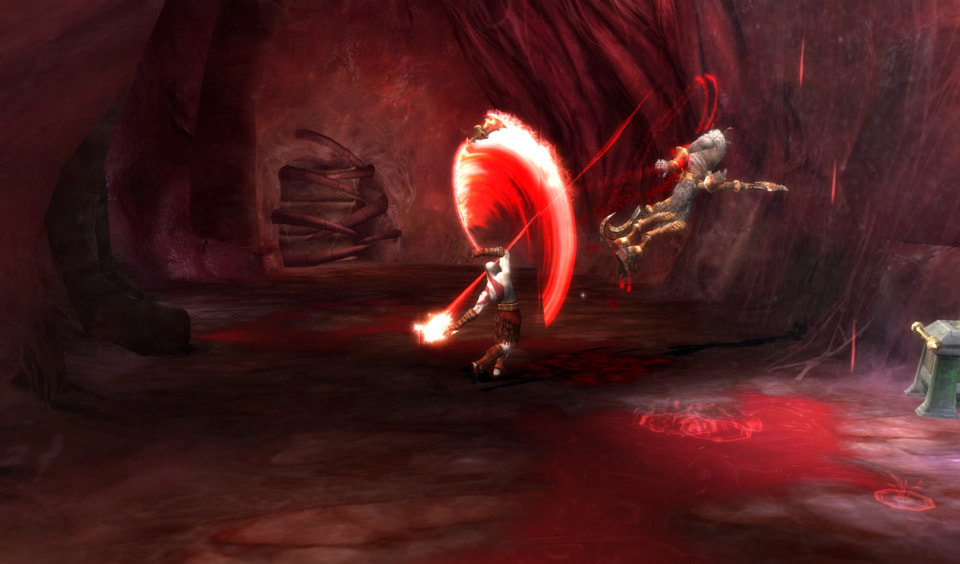

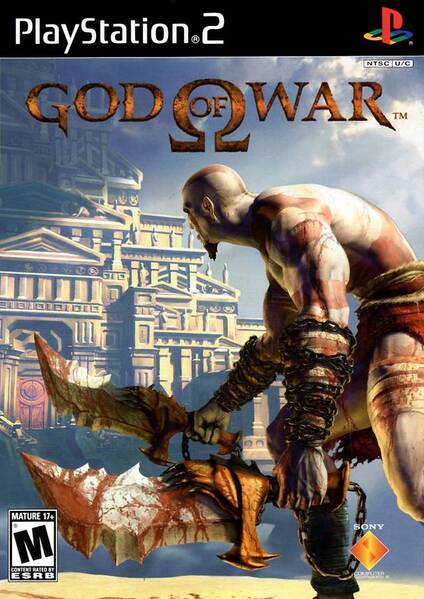
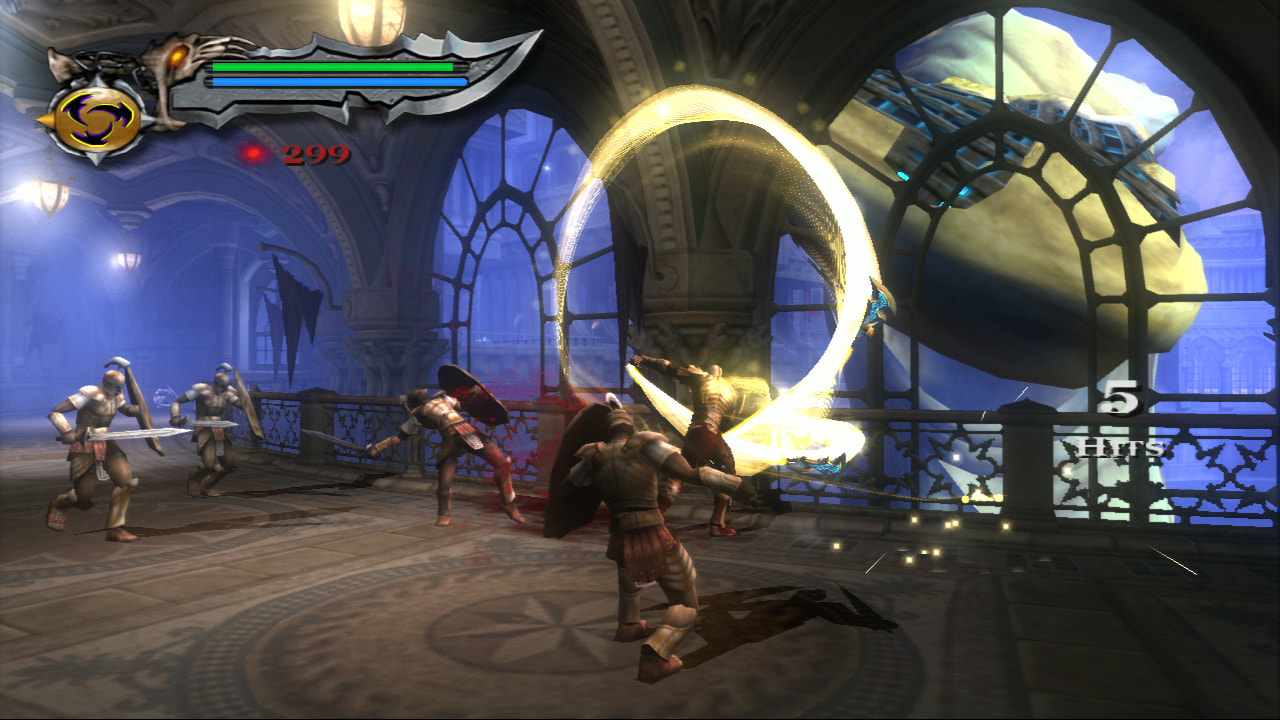


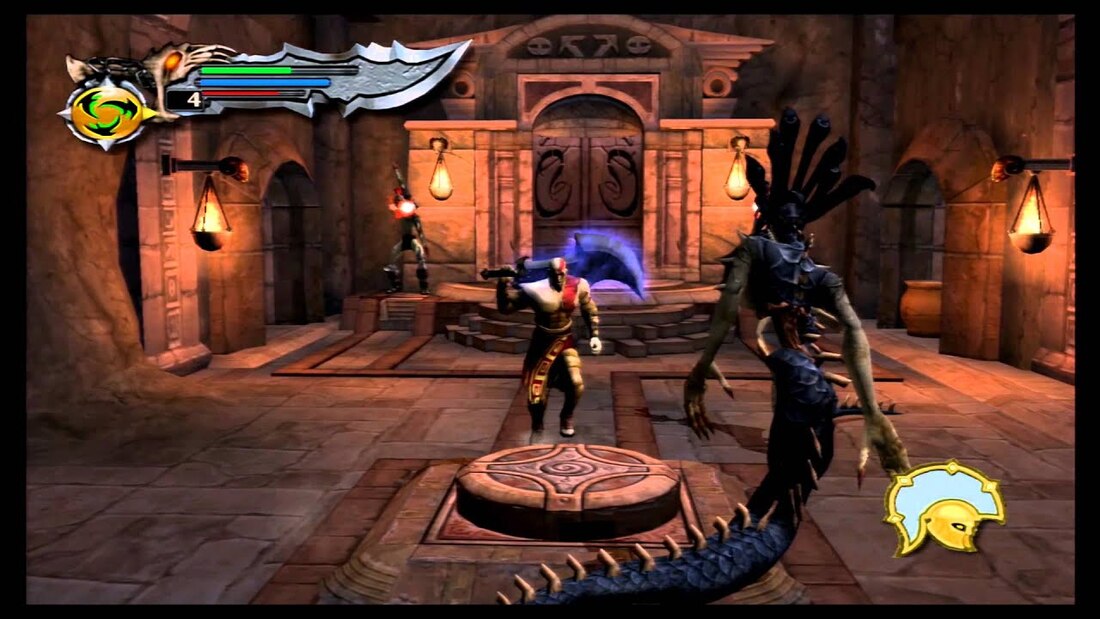

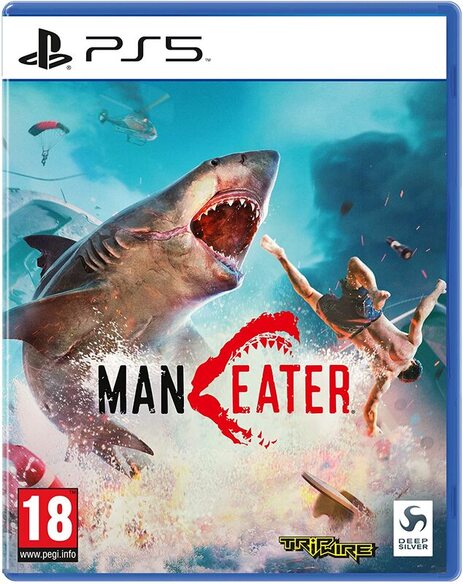
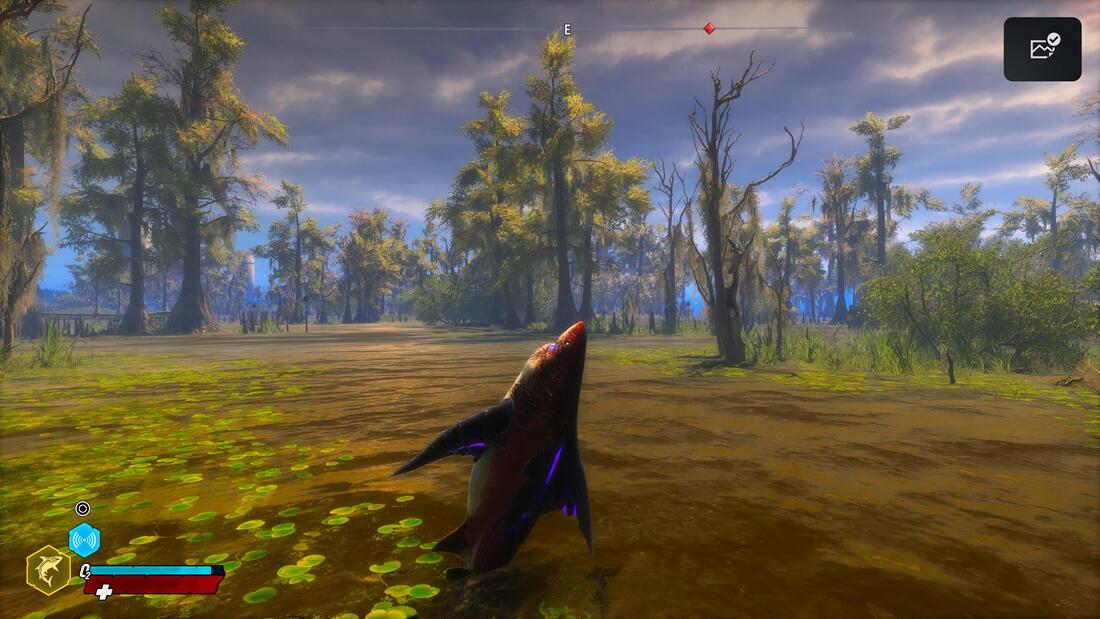
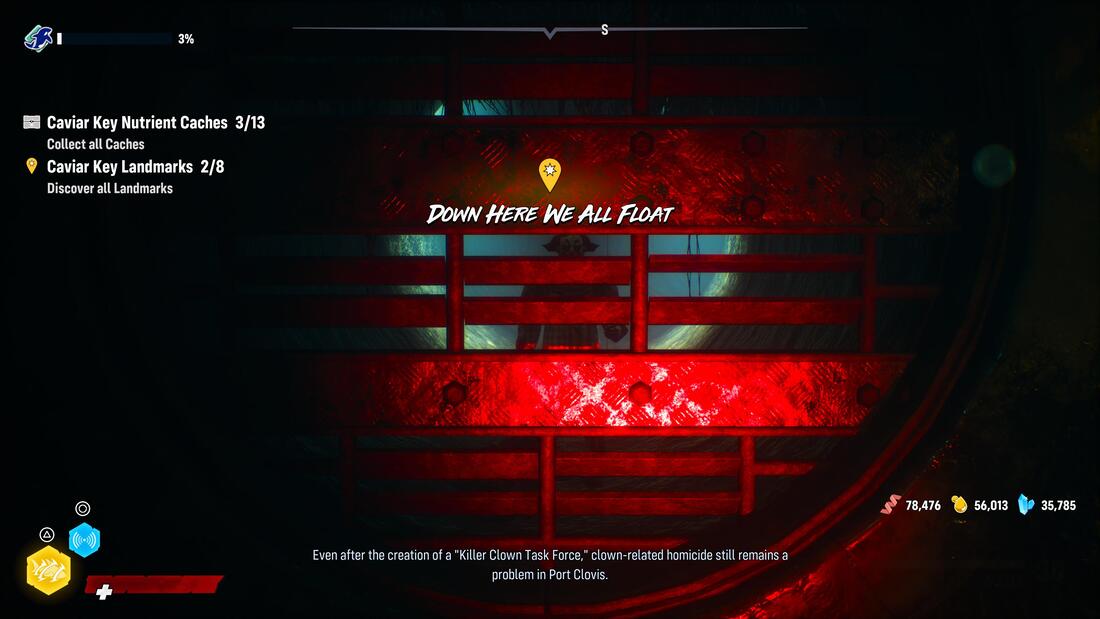
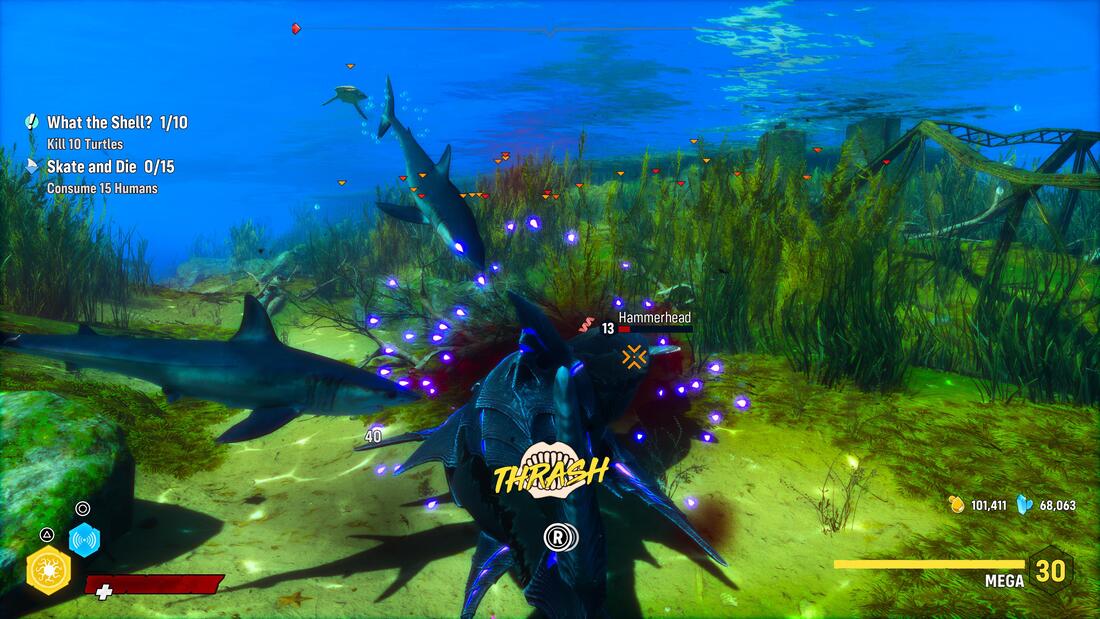
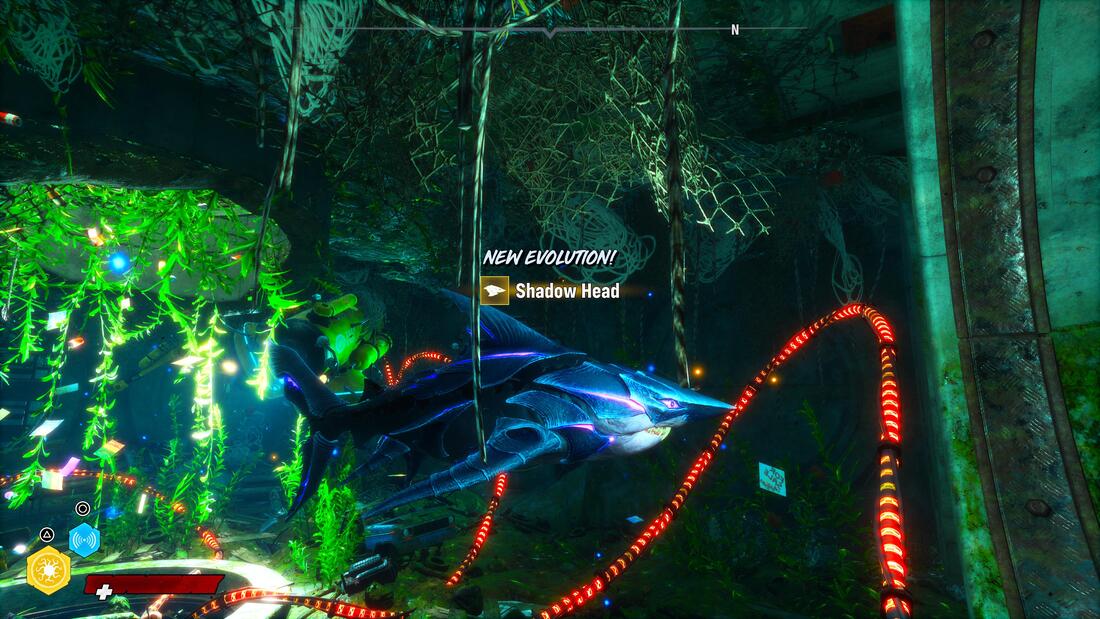
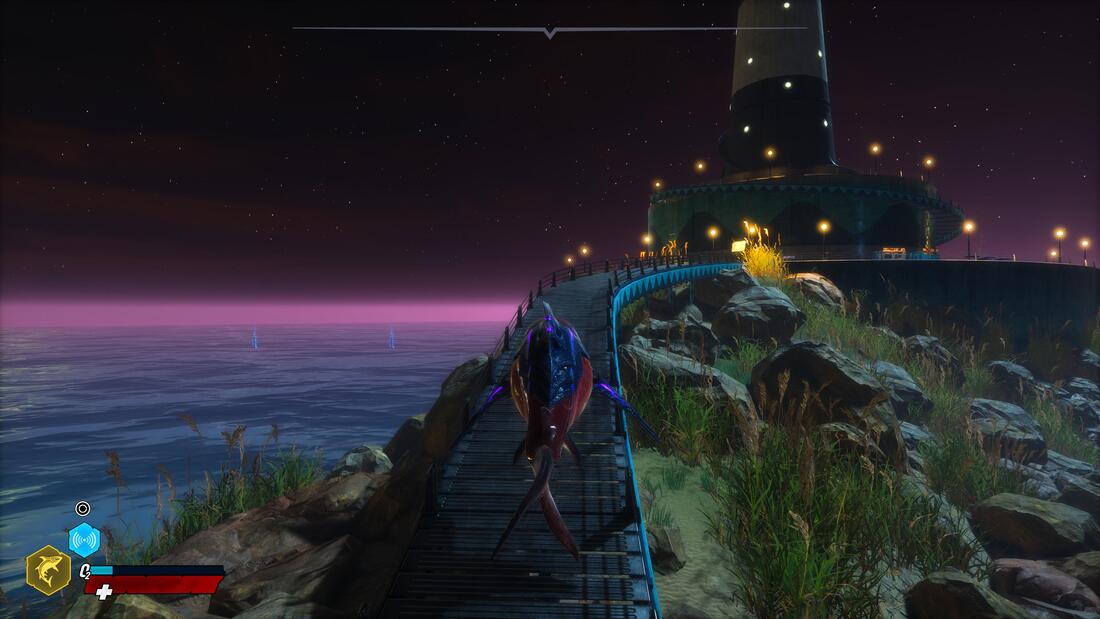

 RSS Feed
RSS Feed
